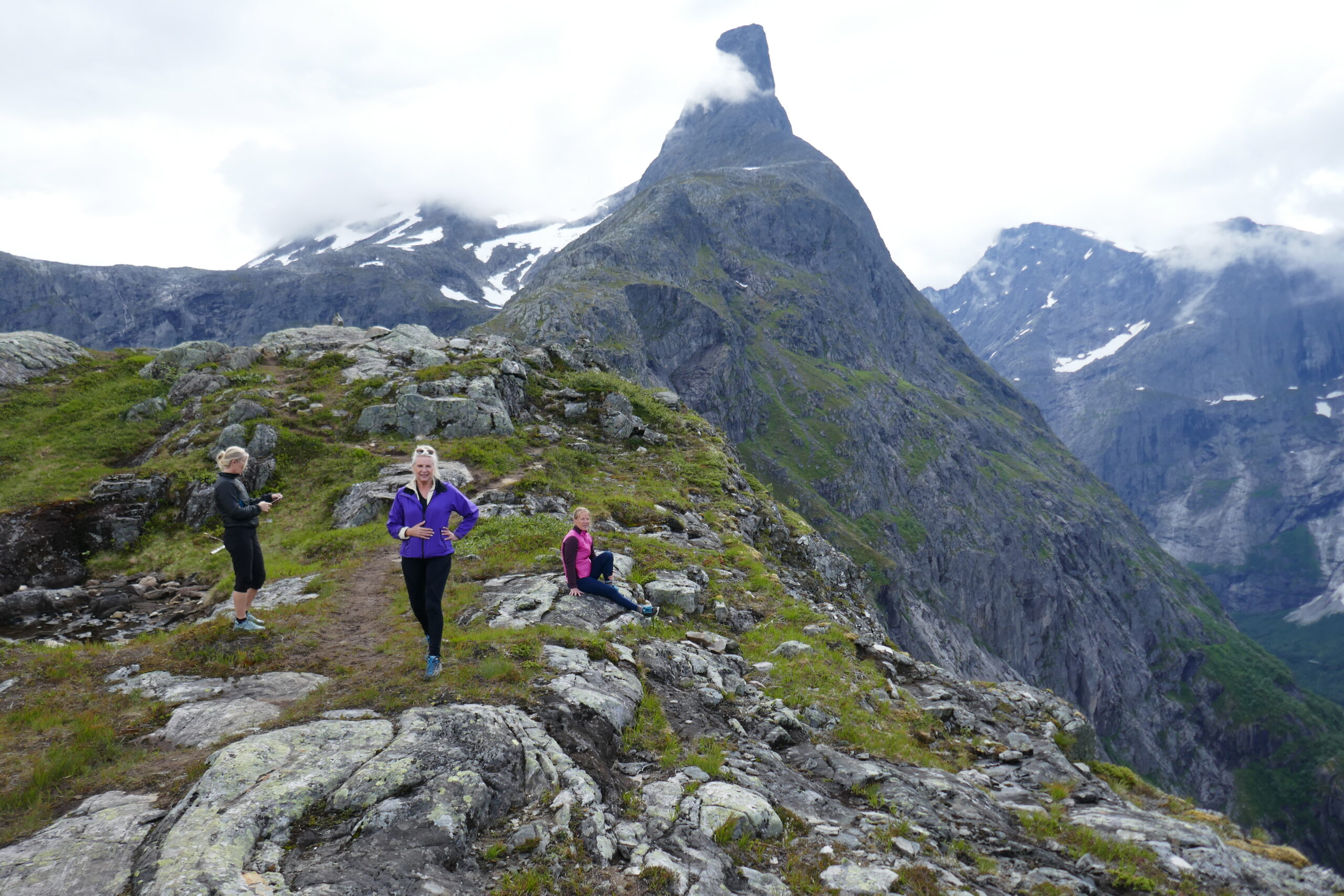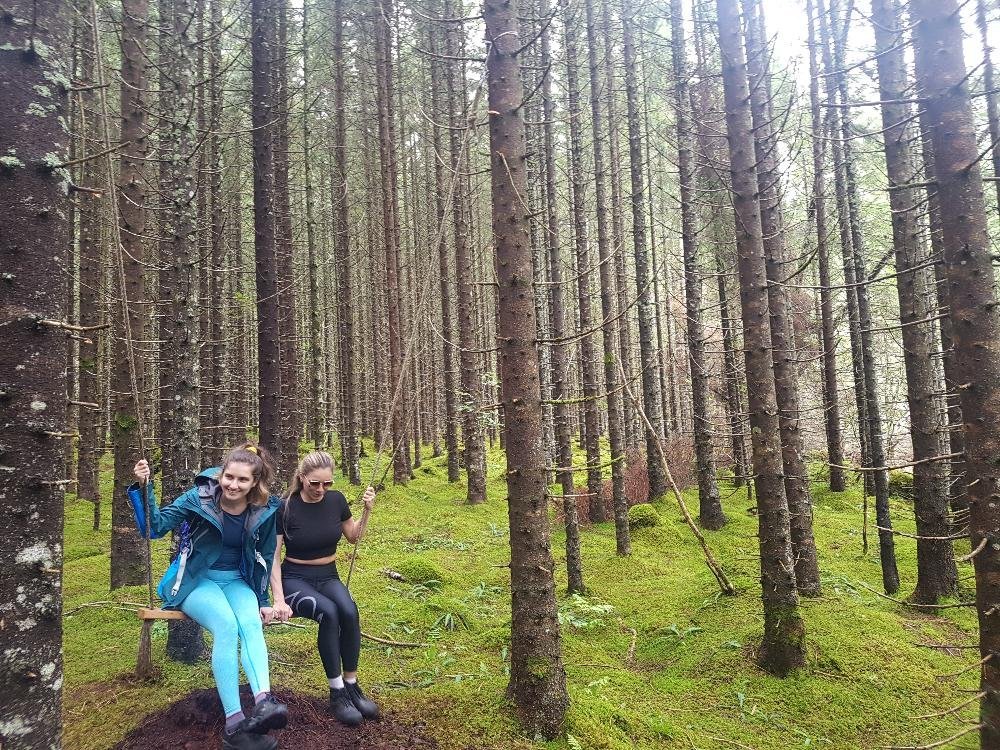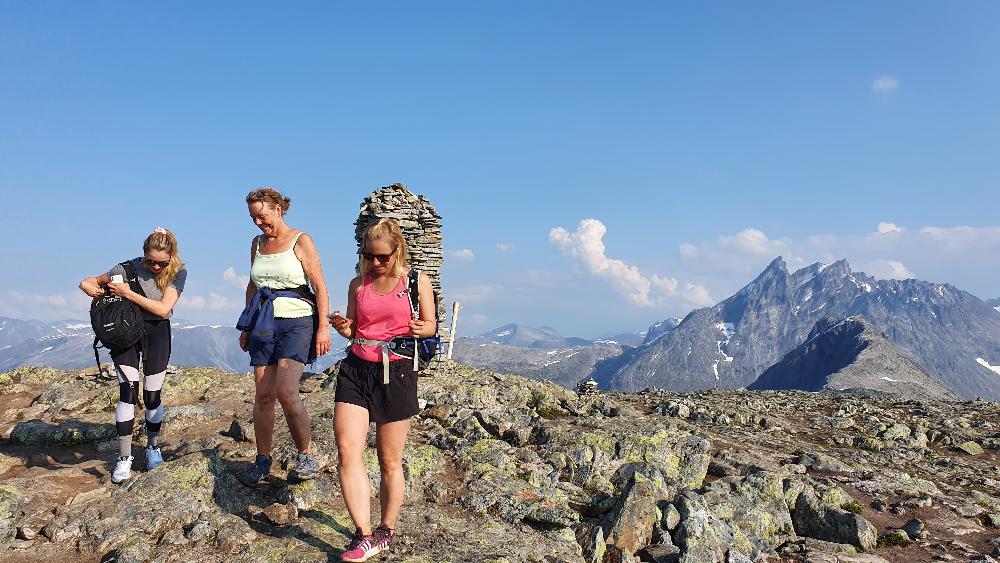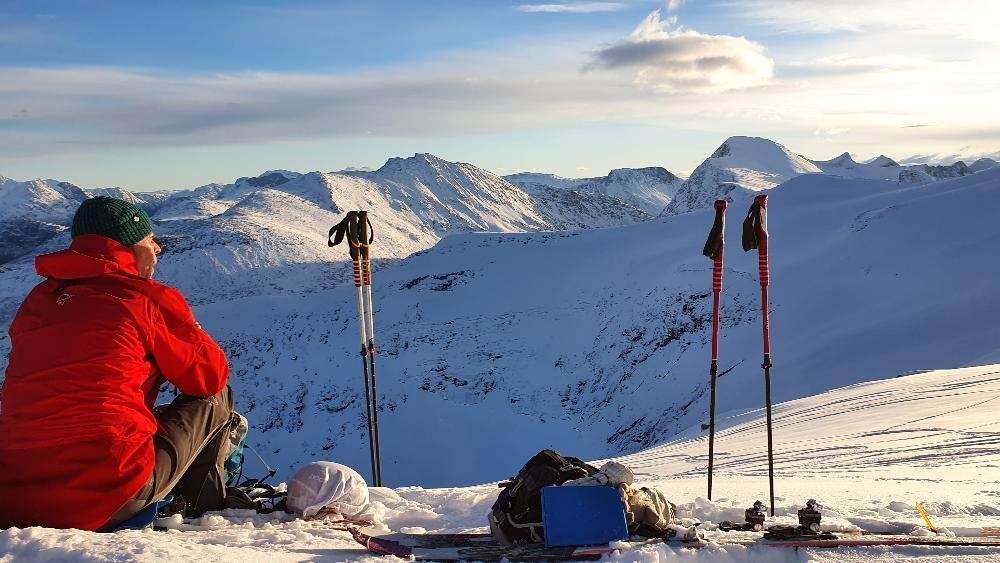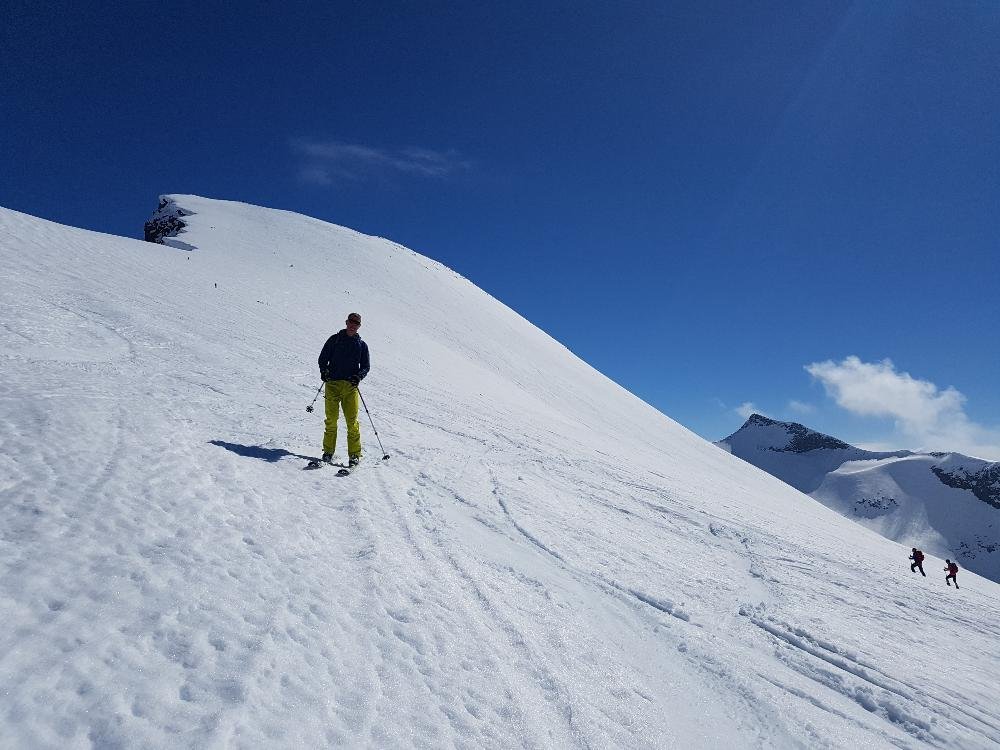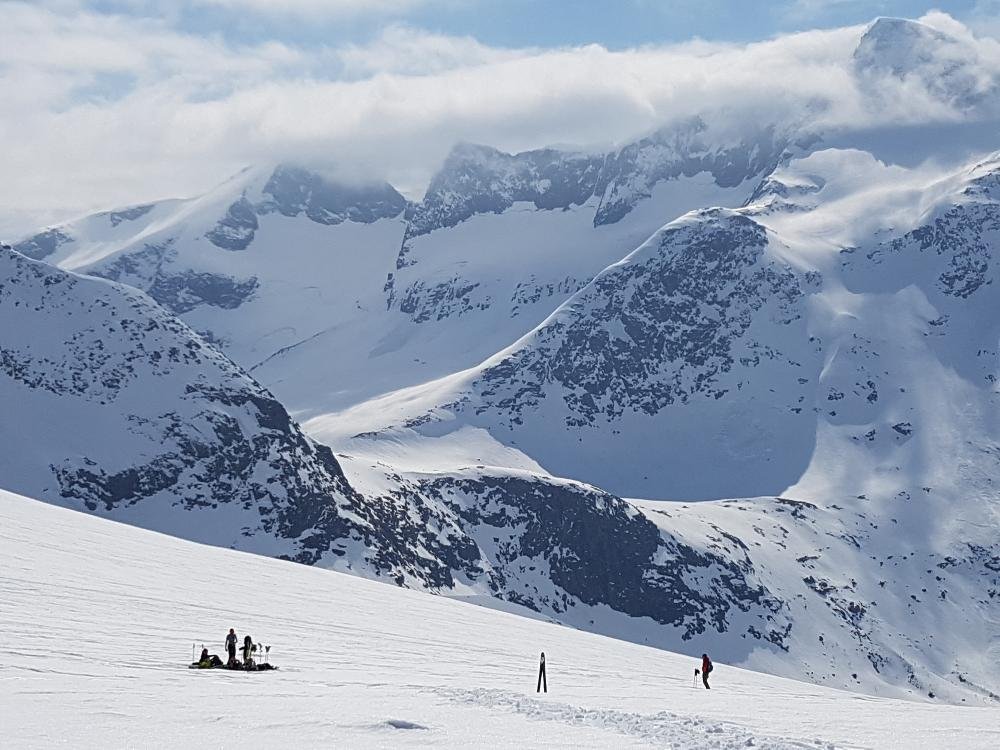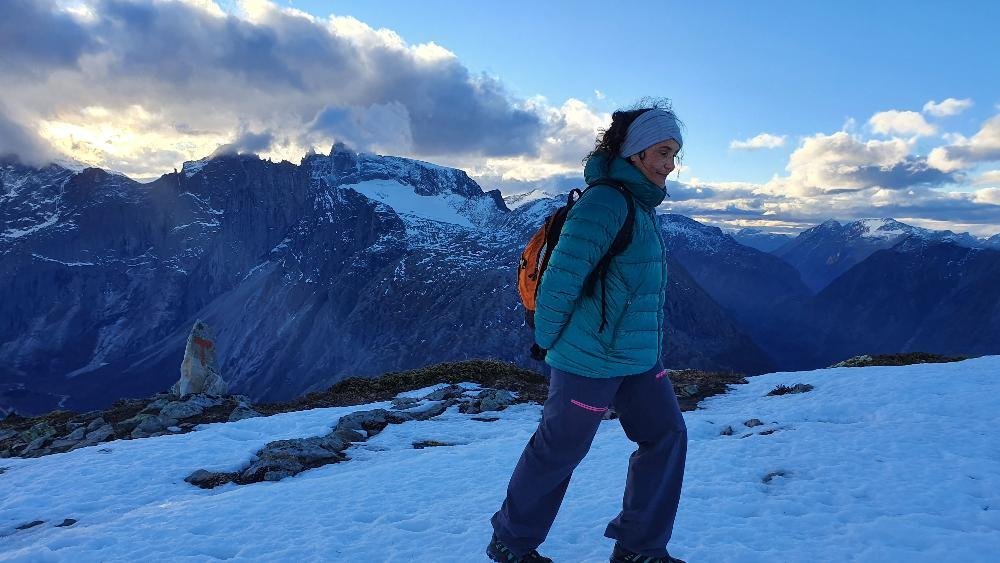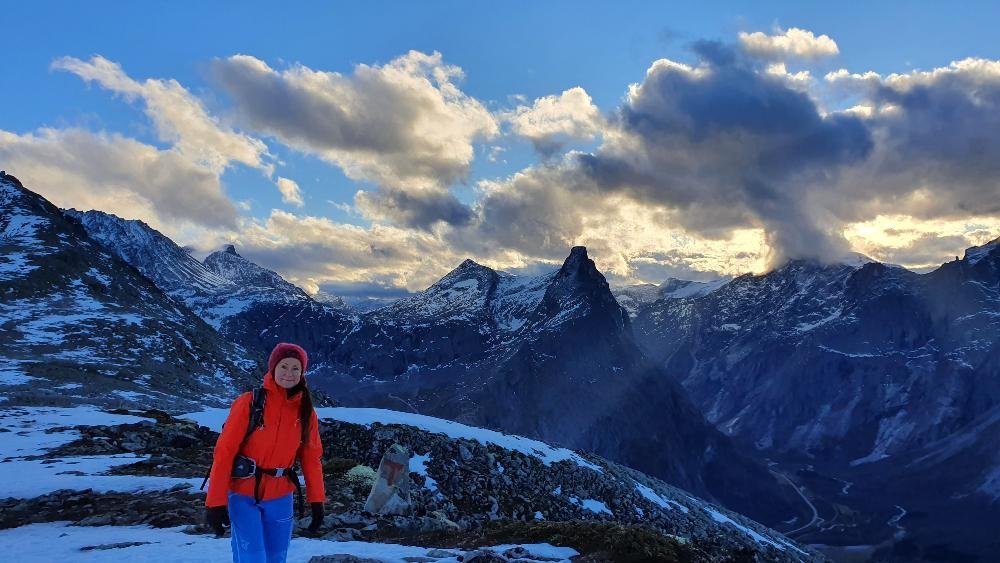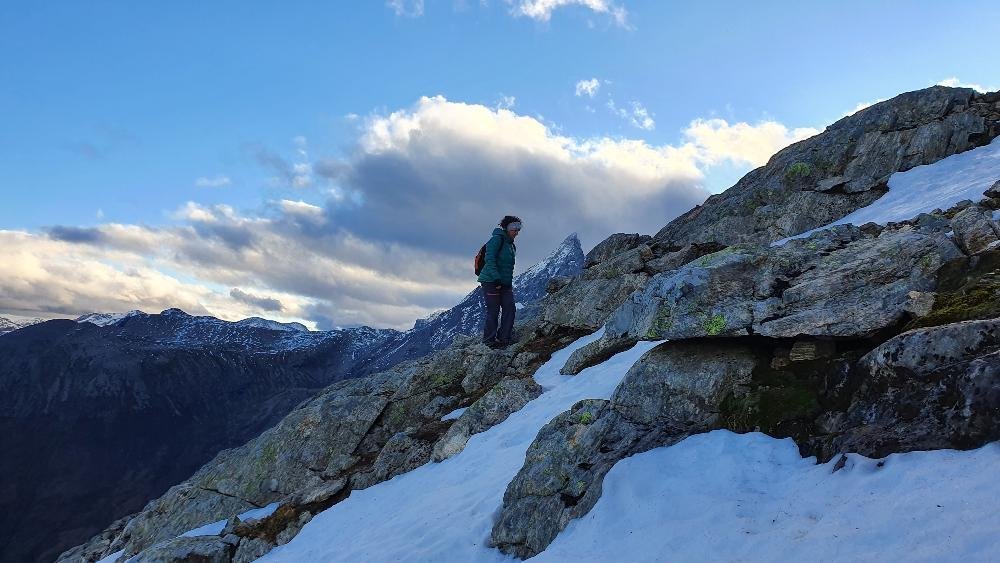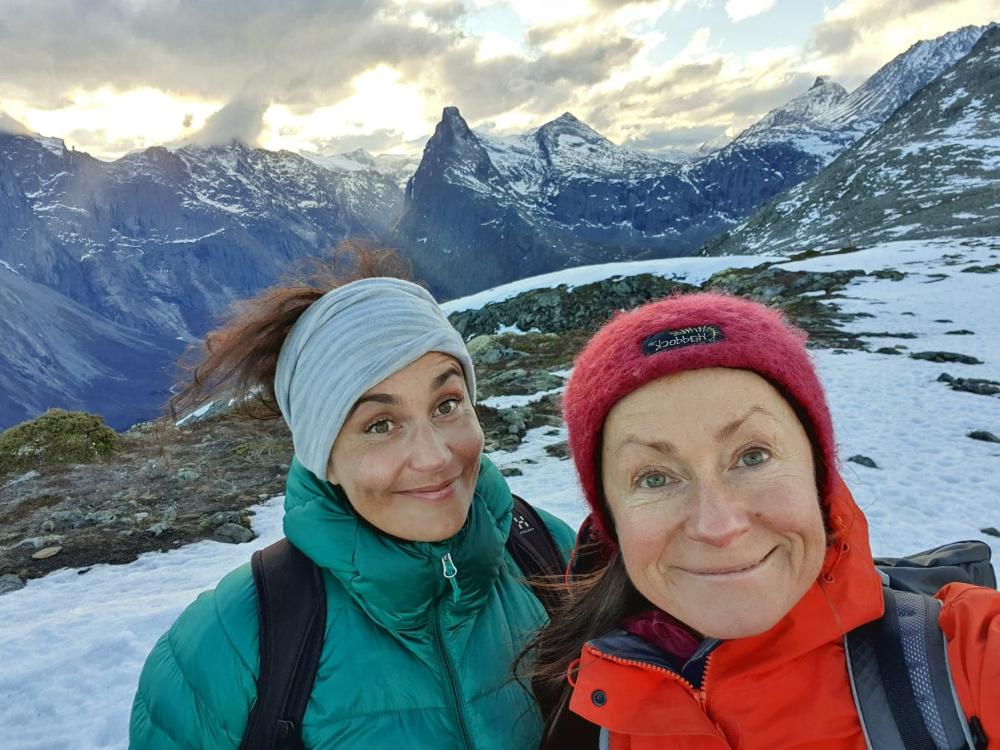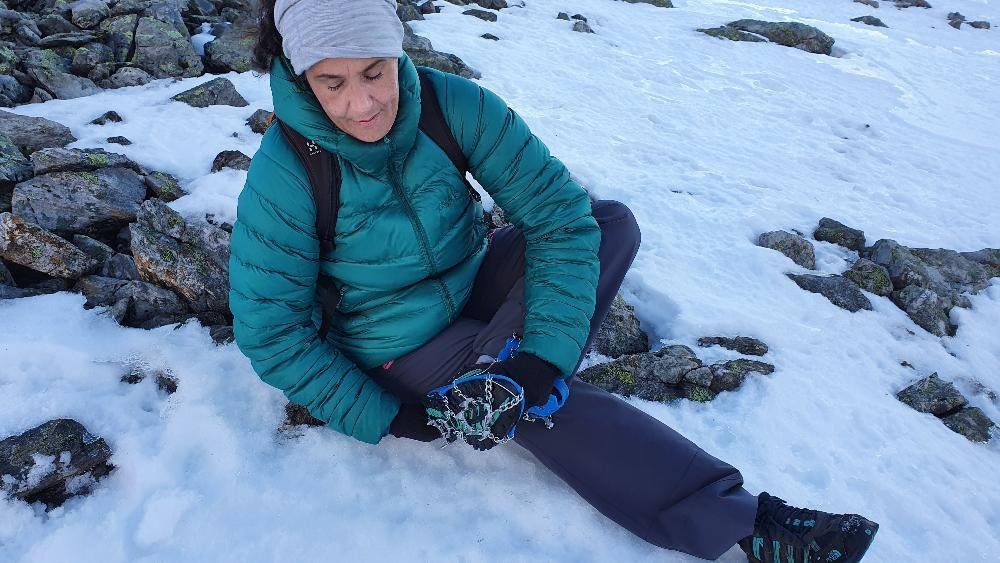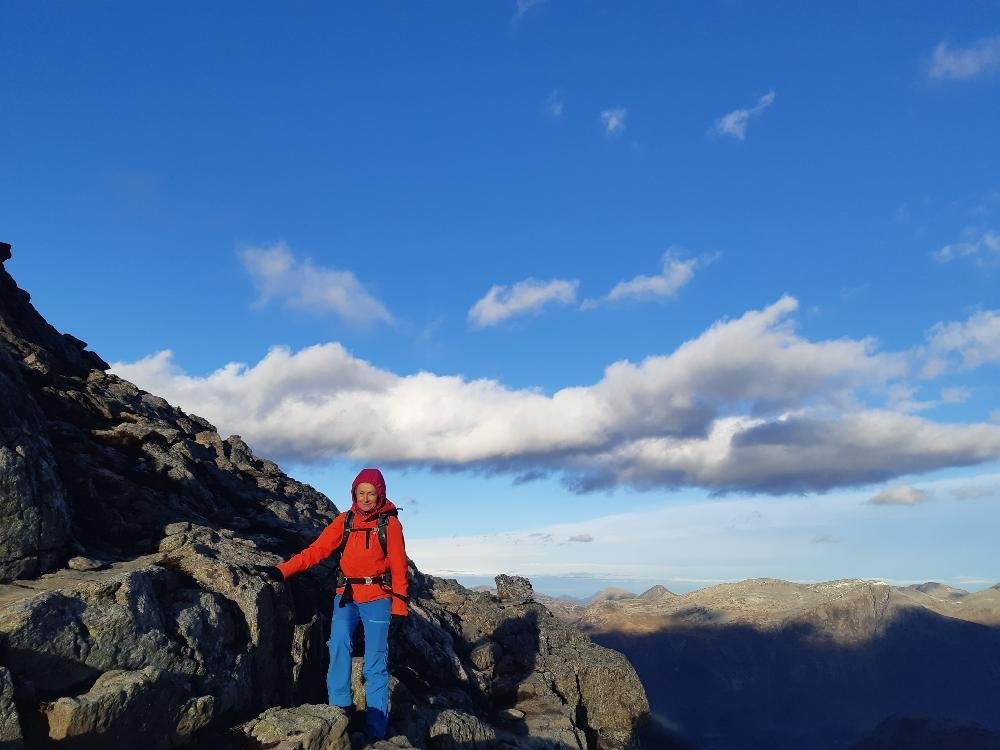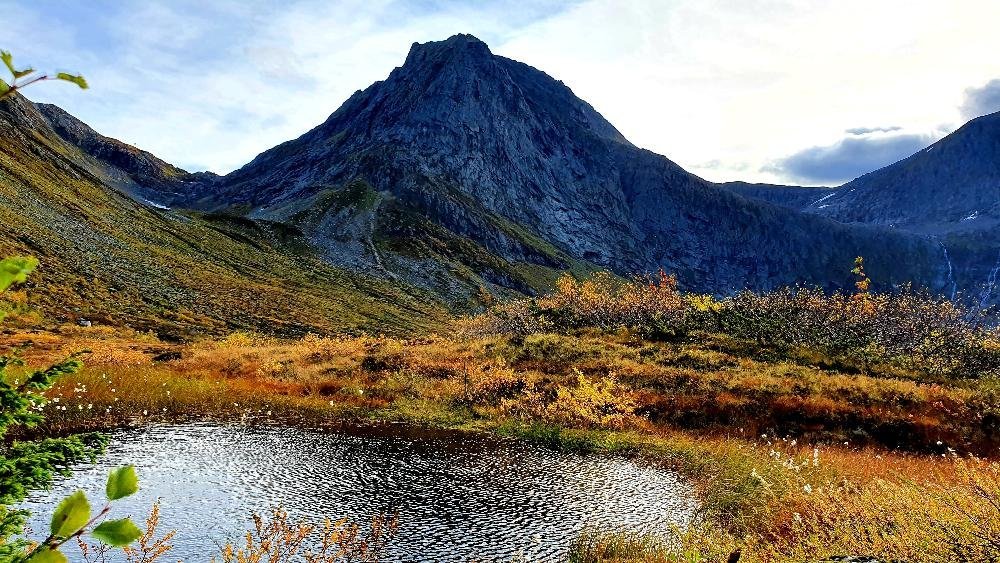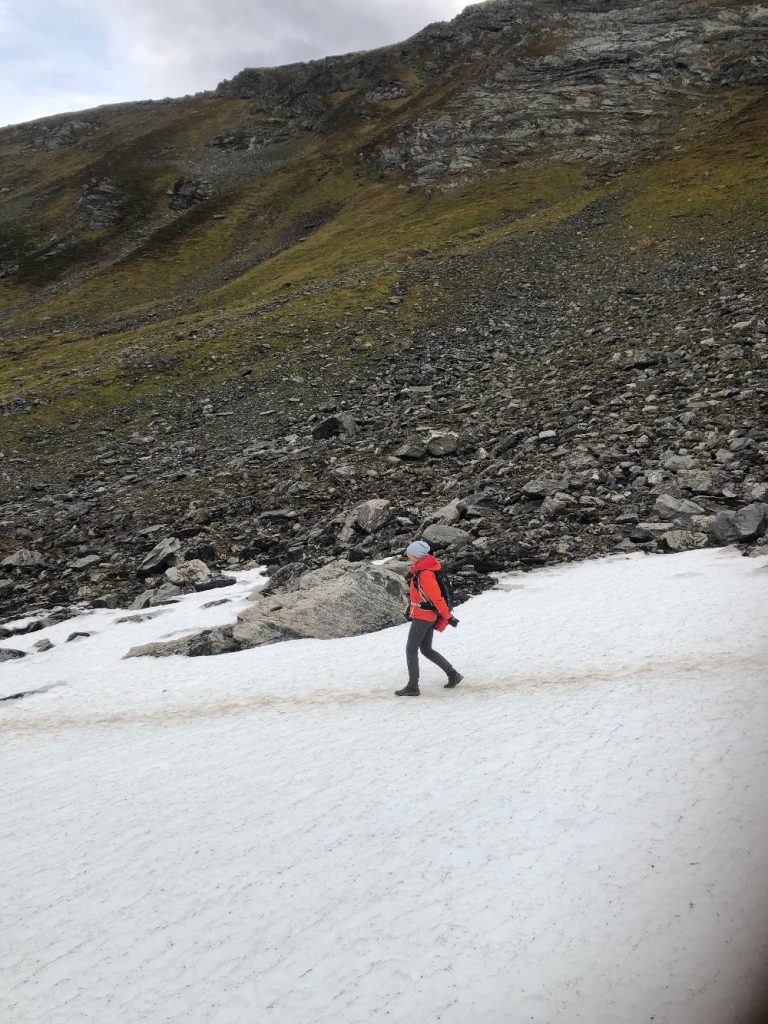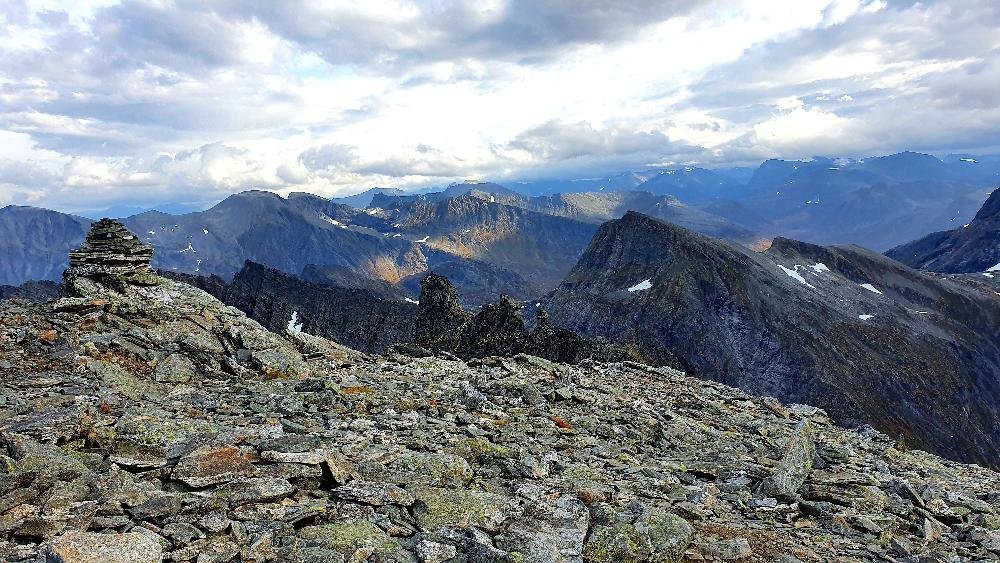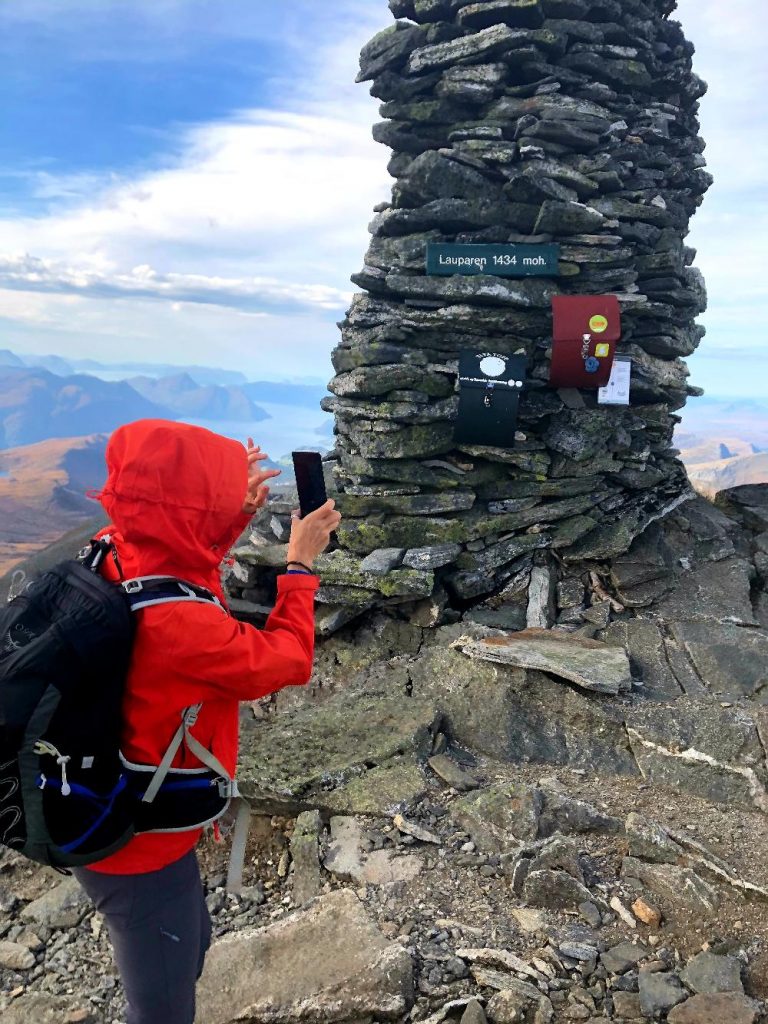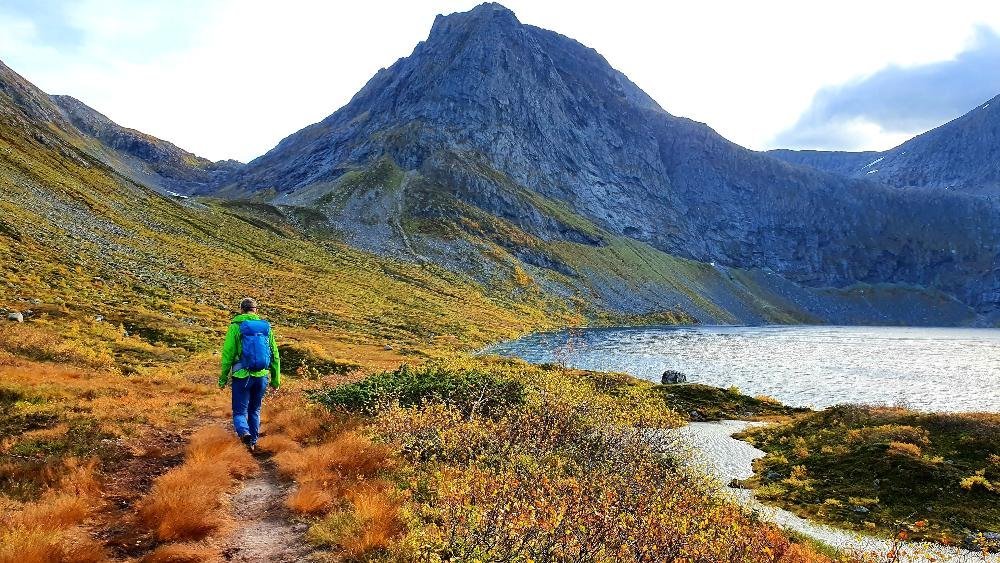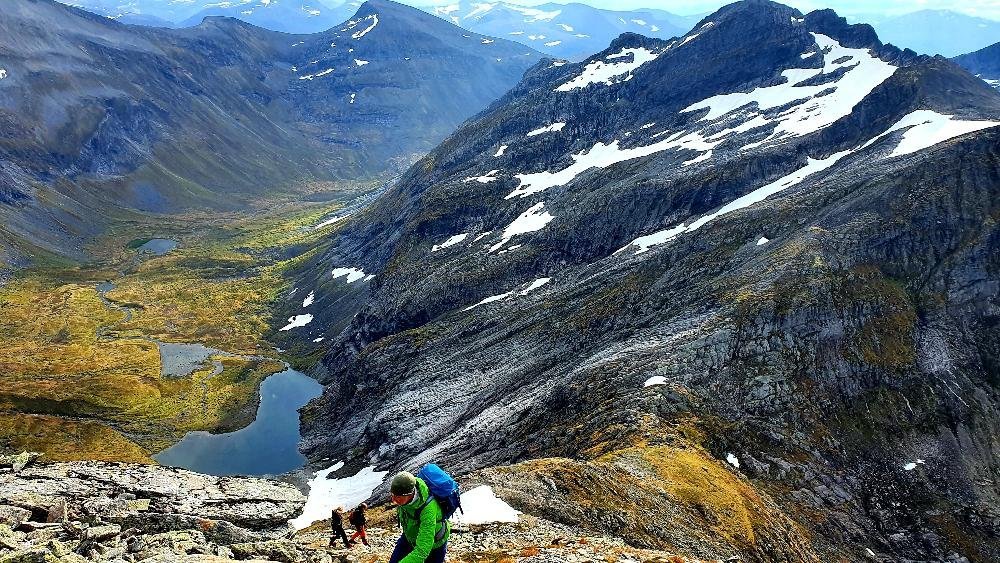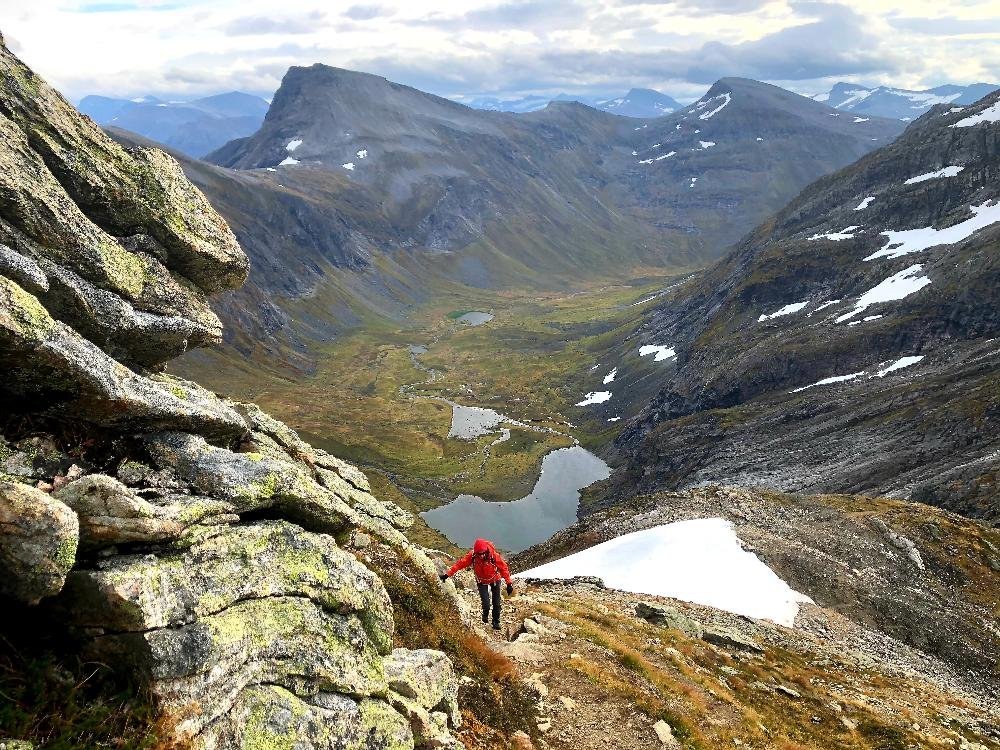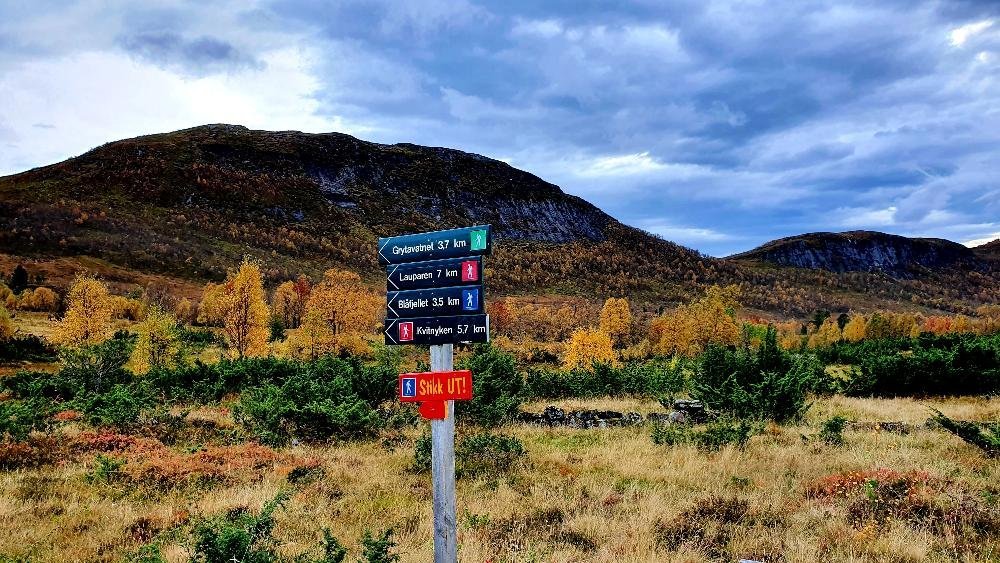Yoga retreats are temporary breaks from the daily routine that typically last from the weekend to a week or more. The purpose of a retreat is to allow yogis to deepen their practice without the distractions of life. A yoga retreat is an amazing opportunity to meet others who are passionate about yoga.
Yoga and hiking retreat is a combination of yoga and physical activity outdoors. A retreat starts and ends on a certain date, which means that you will be with the same group of people every day. You go to the same classes, have meals together, and spend a day outdoors hiking together. This gives you the opportunity to actually get to know them and develop a friendship. Yoga and hiking retreat is not just another vacation, it is a powerful experience.
A yoga retreat will help you:
- disconnect and reflect,
- deepen your yoga practice and knowledge,
- step outside of your comfort zone,
- improve your health.
If you are a beginner or not so passionate about yoga, a yoga and hiking retreat will offer you the opportunity to start with regular practice and find out how yoga can help you find balance in your everyday life.
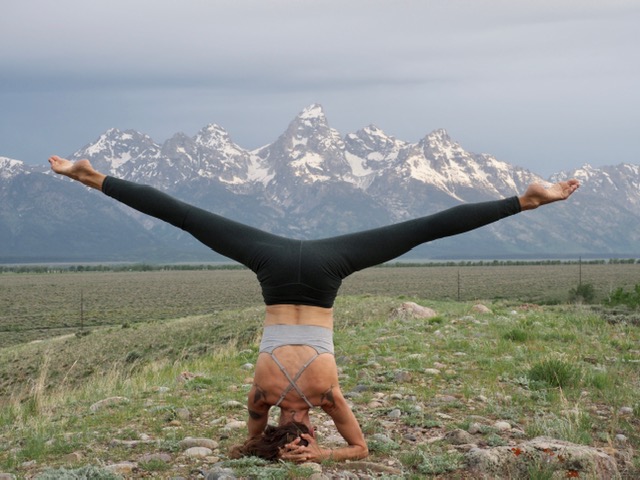
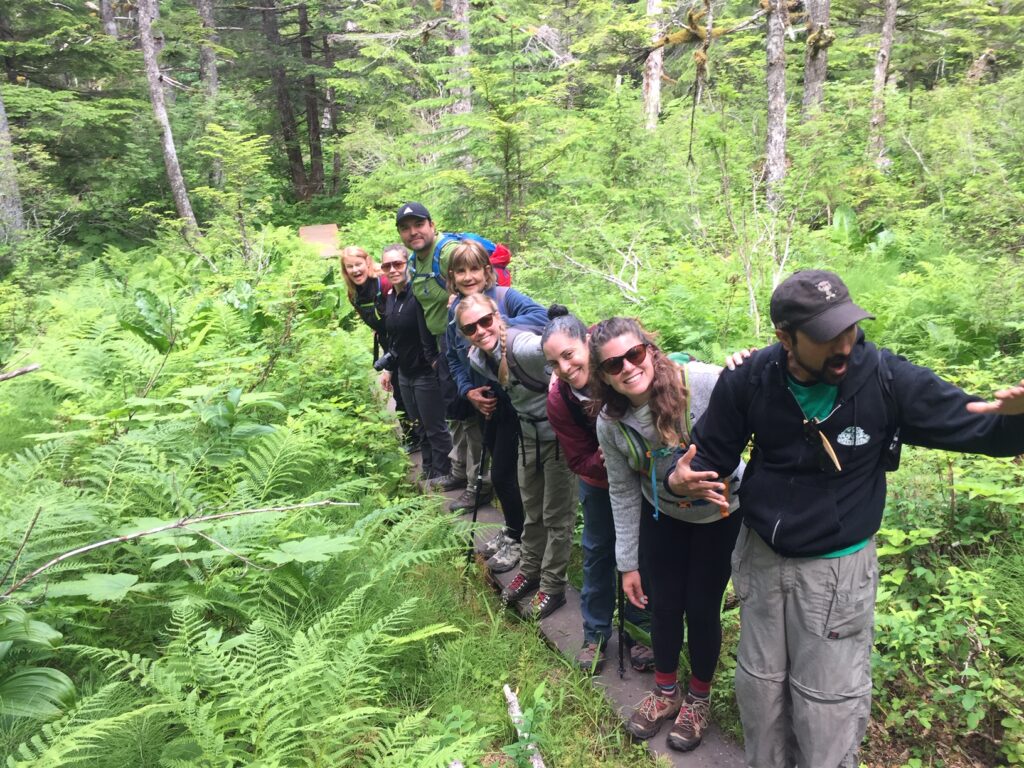

Why yoga and hiking retreat?
"Going back to nature is going back to the origin of life, to the origins of ourselves." This is what the philosopher Henry David Thoreau said about connecting to your inner self. There is plenty of time for self-reflection during the long hours of walking. We will encounter quite some obstacles, being far away from home and out of our comfort zone. But we might also realize what truly matters to us in our lives and what the purpose of our lives may be.
The question "Who am I?" is the ultimate question in yoga philosophy. This is exactly why connecting with nature and practicing yoga simultaneously form a perfect combination. Both will help you learn about your true self. The yoga and hiking retreat is a simple way to reconnect with your inner self and understand yourself better.
Read more about our yoga and hiking retreats in Norway.
Hiking versus walking the Camino de Santiago
Walking the Camino de Santiago has been and still is on a bucket list for many people. Yoga and hiking retreat is like walking the Camino but it is a softer version of the Camino way. You know where you are going to sleep every night and you always have wi-fi when you need it. You will also prepare your body for a long day outdoors with morning yoga sessions, stretch and relax your tired muscles every evening and eat healthy and nutritious food during the journey.
However, yoga and hiking will give you many of the Camino walk benefits. Additionally, spending days in the fresh air will prevent you from becoming infected with viruses and will strengthen your immune system.
Top 3 reasons why people walk the Camino de Santiago
Camino de Santiago, known in English as the way of St. James, is a network of pilgrims' ways or pilgrimages leading to the shrine of the apostle Saint James the Great in the cathedral of Santiago de Compostela in Galicia in Spain.
Spiritual reasons
Many pilgrims walk to connect and discover the deeper meaning of life, to spiritually connect with nature or themselves, or walk to find answers to deep questions.
Disconnect to reconnect
In a world of busyness with too many obligations and long workdays, many of us have become disconnected and disillusioned. We all say we would like to disconnect a bit but typical vacations are anything but answering e-mails at the pool and watching or reading the news after dinner, we seem never to have the opportunity to truly "get away from it all". At first, it may seem strange to not constantly think about what is going on in your country or not check your phone every 15 minutes but soon you find peace and silence in the journey. It takes a few days to adjust but the reward is clarity and a feeling of peace.
Exercise and well-being
The majority of people have little to no experience in walking long distances over many days. A popular saying is "your Camino begins when you sign up". You begin to research what shoes to bring, how to train and prepare your body, and what you should pack. Many people start training, to become healthier and more fit for the trip.
Hiking in Estonia -visiting mysterious bogs
Estonian bogs have gone through a large-scale transformation from being seen as a horrific place to becoming one of the most loved landscapes. Our bogs are the top-of-the-list attraction for every tourist willing to discover the Estonian countryside and wildlife.
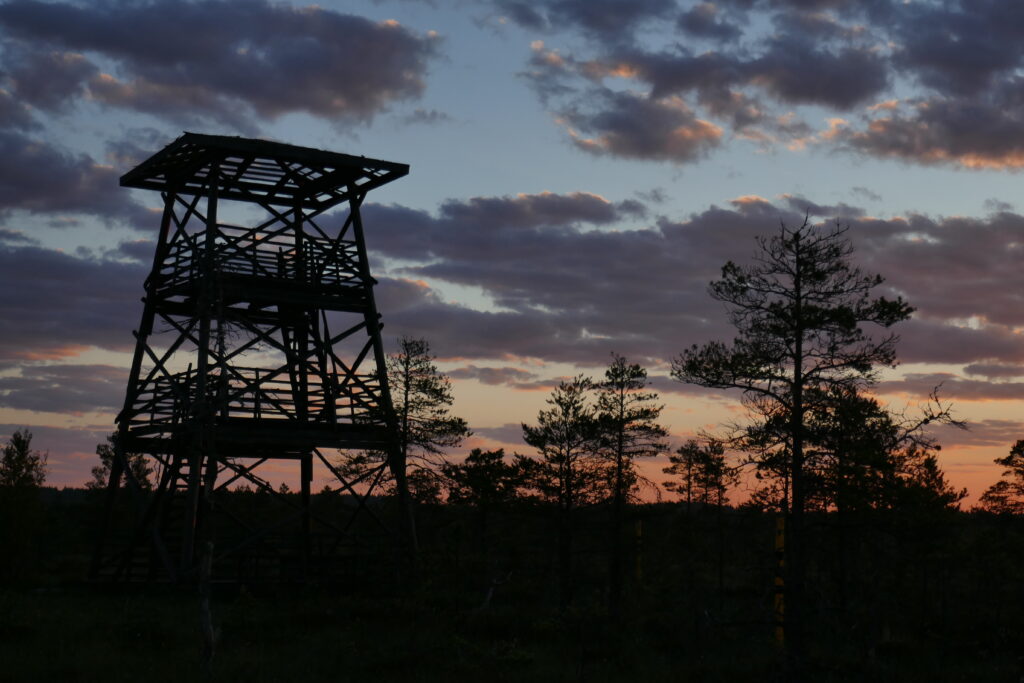
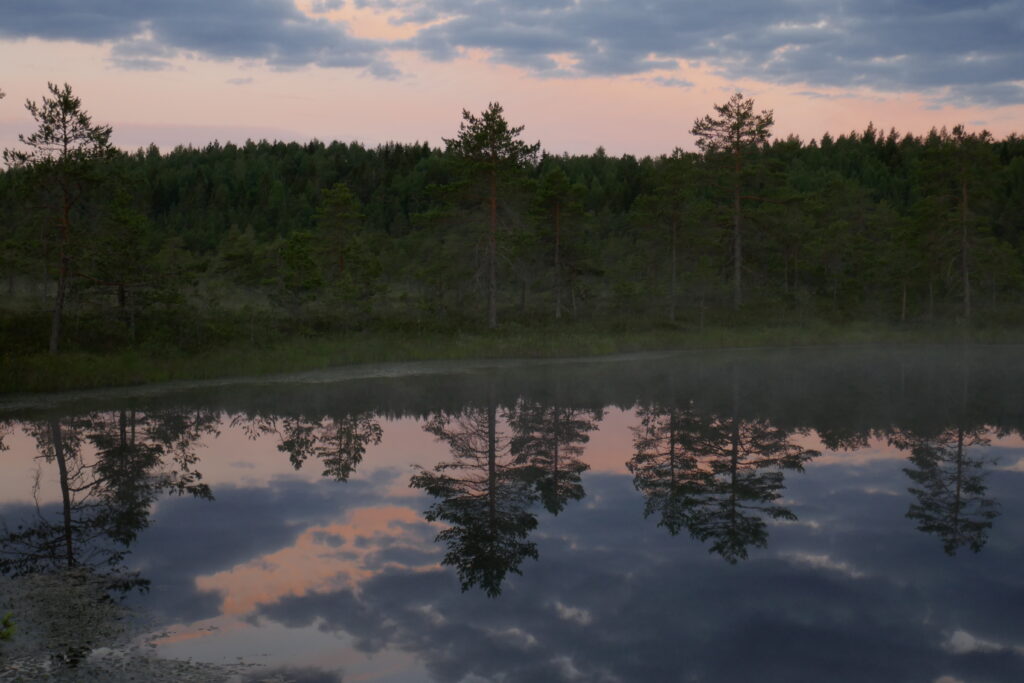
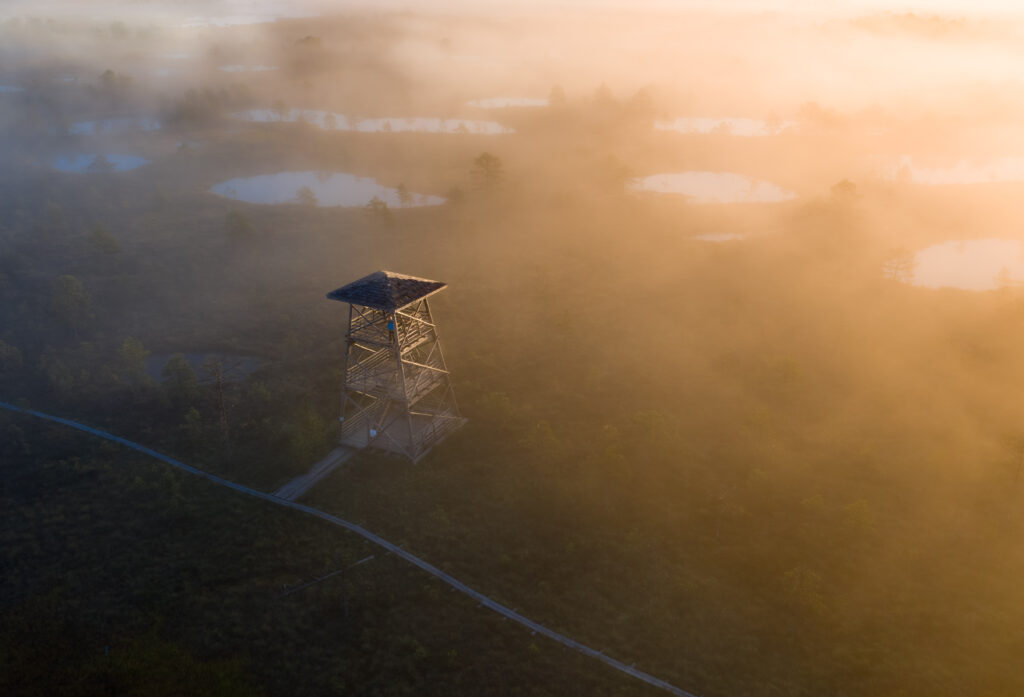
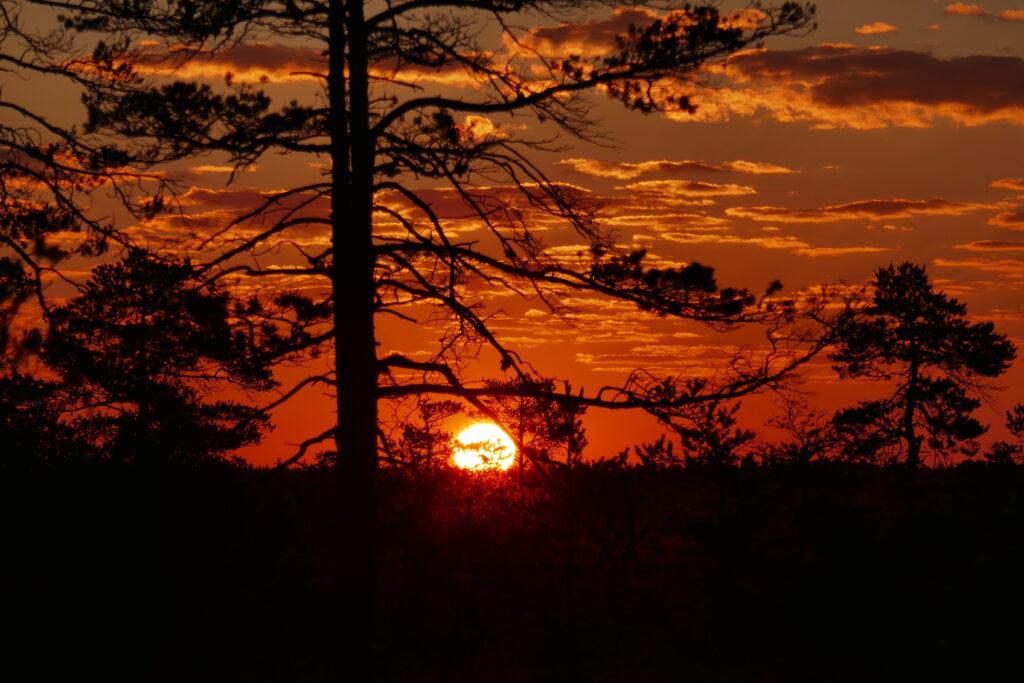
What is bog?
The bog is the oldest organic landscape in Estonia, reaching in some cases up to 10 000 years of age. The first bogs started to emerge here right after the last ice age. As the 1km, the thick glacier ice sheet was melting towards the North pole, the meltwater as a leftover was collected in depressions previously created by the glacier ice.
Over the next thousands of years, plants grew and died within those shallow and oxygen-deprived meltwater lakes. As a result, the dead plant material didn’t become decomposed but rather created ever-lasting peat/turf and turned the water acidic. Every year, one layer of partially decomposed organic material is accumulated underneath the mossy surface of the bog and this effect has taken place since the very beginning!
In Estonian bogs, the pace at which the peat accumulates is roughly 1mm annually. In most Estonian bogs, the peat layer is 5-7 meters on average, which equals about 5000-7000 years of age. Over the course of thousands of years, this landscape goes through a series of transformations. At the very beginning, this peat accumulation landscape does not have a significant effect on plants – the peat layer is just too thin and flora is able to reach the nutrient-rich groundwater. After millennia or two, the peat layer becomes thicker and filters out more demanding plants. The visual of the landscape is about to change. Birch trees will give up and pines will slowly start to take over. This middle stage is called transitional mire.
Later the peat layer gets just so thick that only the toughest plants will survive. The third stage is called bog or raised bog. Here you can see a lot of bog pools or lakes inside this huge organic sponge. The landscape is entirely independent, meaning that the plants don’t have access to nutrient-rich groundwater and all they have is rainwater stored in the ground. Bogs can be seen as huge sponges that can store huge amounts of water. Mainly because the sphagnum moss, also known as the “bog builder plant” is able to absorb almost 20x its body mass. So in some ways, bogs are also giant water reservoirs.
Bog operates as a carbon sink and therefore mitigates the effects of climate change. And as we know today, it’s a perfect place for aesthetic experiences.
Bog as a place to restore yourself mentally and physically
Since the Estonian bogs were “rebranded” decades ago, their popularity has skyrocketed. The State Forestry Agency has built a lot of boardwalks and forest trails to provide easier access to all the people interested in enjoying the silence and minimalistic landscapes.
Suddenly, bogs have become the symbols of our country. 100 years ago it was unheard of to say, think or write anything pleasant about our swamps or bogs. Today, people still have some sort of unconscious “itch” inside them when they get off the trails and feel this spongy ground. But walking on boardwalks has become so popular, that on the weekends you could encounter more people in bog than in a shopping mall. So if interested in peace and silence, you have to choose your destinations carefully.
The best time to visit the bog in Estonia
As you may guess, every season has its pros and cons. Although I see some benefits in visiting bogs in particular time periods, I still think everything depends on your goals. Is it to see wildlife? To swim in a bog lake? To pick berries? To skate on the frozen lakes?
Spring (March-May) is probably the best period to encounter birds and animals. For example, male black grouses are having battles in the bogs at the sunrise. Of course, it’s something that needs preparation and setting up a hide to witness those rare moments. The cranes are arriving from Africa and many birds are stopping by to continue their journey to polar regions. Many plants, including mystical labrador tea, bloom in May-June. I love spring because at that time we don’t have mosquitoes here.
I don’t suggest going to the bog on the hot summer days (nights are ok) – because of the dark ground, it gets really hot and there is nowhere to hide from the direct sunlight + you potentially have to deal with horseflies. In the summer, the best time to go to the bog is right before sunset or sunrise. You will then have the least problems with insects + the view is magical. Especially when the sky is clear. and you can enjoy the water that feels especially warm when the air temperature starts to drop.
August-September-October is perfect! Starry skies, misty mornings. Berries – blueberries, lingonberries, bilberries, cranberries, and cloudberries. Mushrooms! Chanterelles! In the autumn, the mosses covering the ground turn into colorful “carpet” + you’ll see the yellow-red colored trees on the horizon. Perfect time for camping and staying overnight as well.
With winter it can go both ways – you either have snow in Estonia or you don’t. When you do, you can go skating on bog lakes, hike with snowshoes over the frozen lakes, make a fire, camp either in a hammock or in a glamping tent. Catch fish on the ice. Fullmoon hike on glowing white snow? No mosquitoes, no crowded camping sites. Silence!
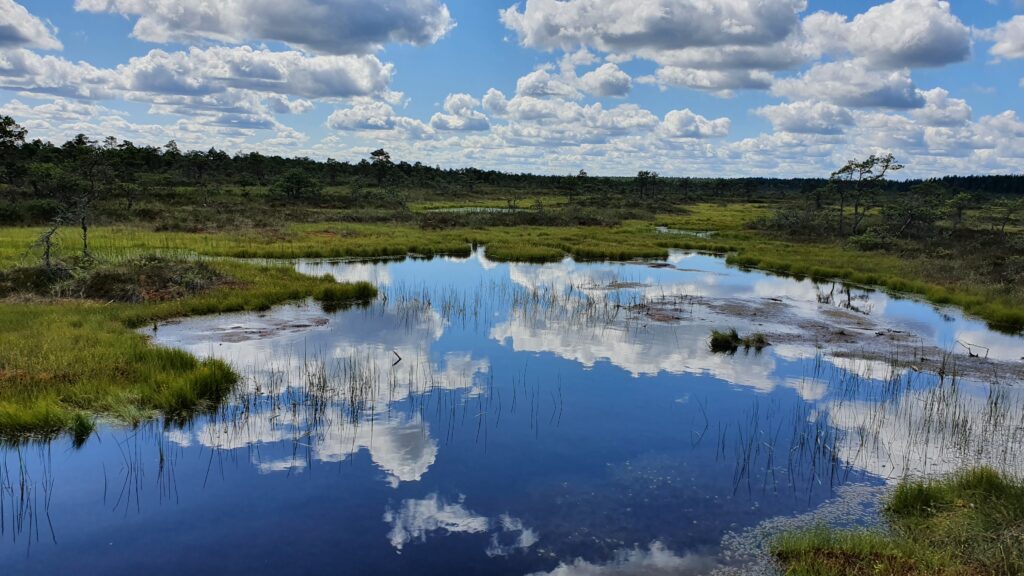
Read more about our Estonian retreat here.
"There is no such thing as bad weather, only bad clothing" - Swedish and Norwegian proverb.
Here I will share some tips on how to choose good hiking clothes and what to wear when hiking to keep you warm, dry, and happy during your adventures in Norway. I will not recommend any specific brands because in different regions you can find similar products from different manufacturers.
Check out our yoga and hiking retreats in Norway, and Nepal.
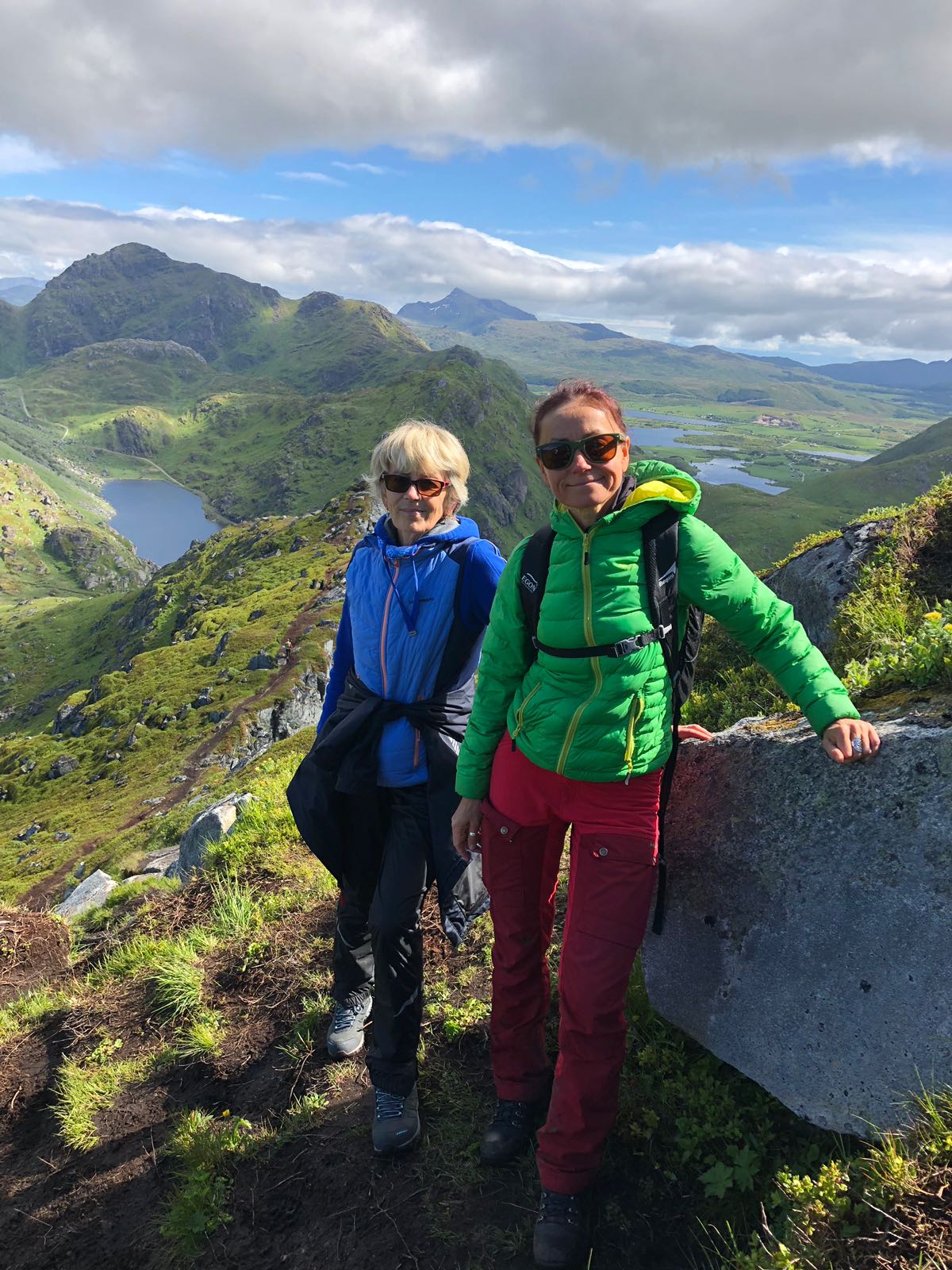
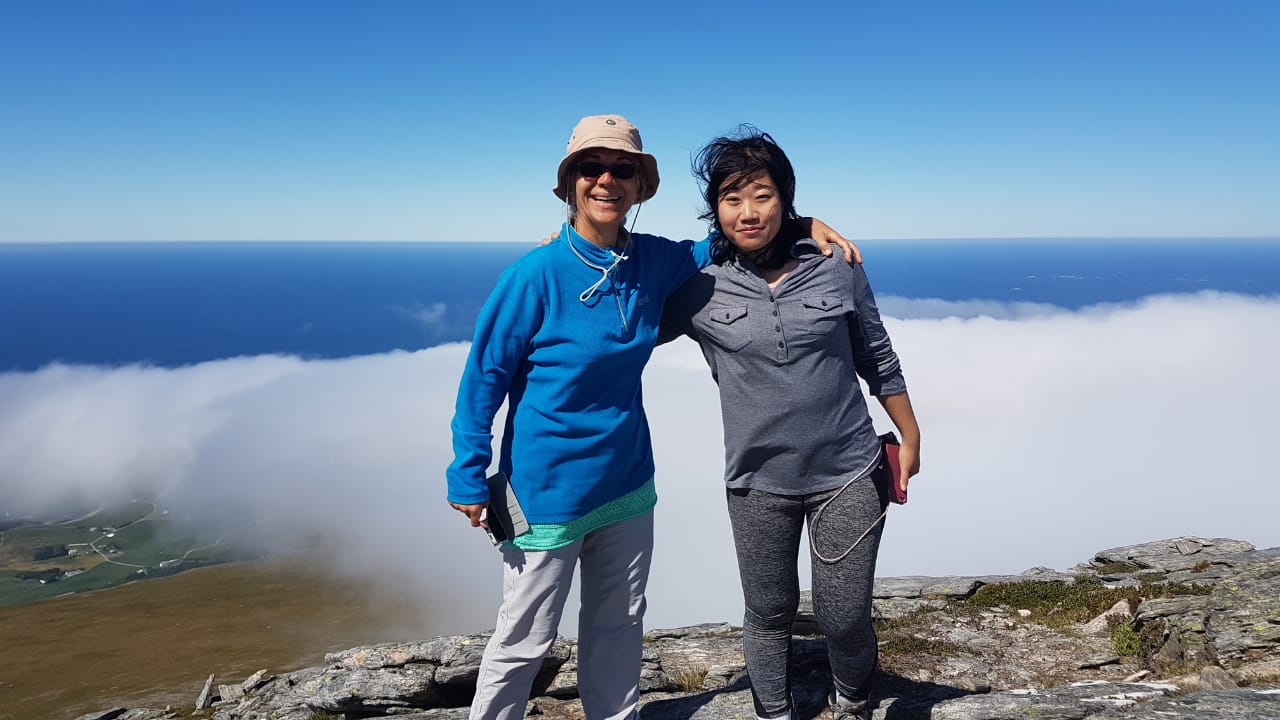
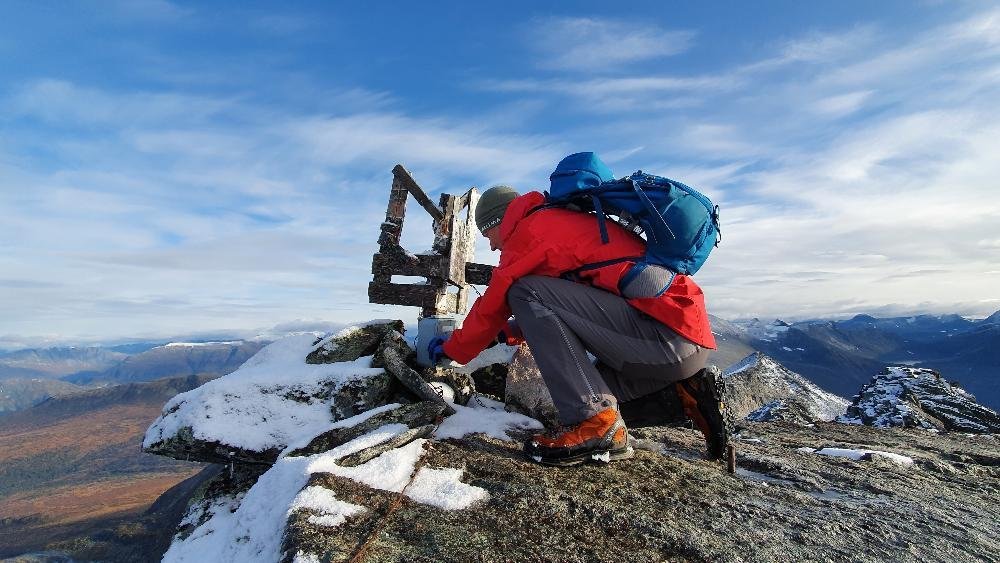
What to wear when hiking in summer-layers, zippers, and pockets
When I moved to Norway in 2013, I started hiking in my jeans, aerobic leggings and top, running shoes, and a light jacket. Although Norwegians thought it was strange (jeans are especially despised), I was not disturbed by it. My hikes were usually short and close to home. With time my hikes became longer and more complicated and I started to buy special hiking equipment. I discovered that the little improvements made a difference! For example, my backpacks got bigger but lighter and I replaced all my pants and jackets with ones that have ventilation zippers.
You start to notice the importance of clothing when you hike for several days in a row, your hike lasts for the whole day, or the weather changes suddenly. When you hike uphill you always get hot and sweaty. The contrast becomes clear when you reach the top of the mountain which is usually windy and cool.
If you want to sit down to eat, relax, and enjoy the view, you instantly feel the cold creeping in. On the way down your legs are already tired so you must take extra care not to stumble and fall. That means hiking at a slow pace with sweaty clothes and rubbing shoes. Suddenly you may find that hiking is not so enjoyable anymore. Fortunately, all this is avoidable when you take advice from experienced hikers.
The most important thing about hiking clothes is layering. This tried-and-true strategy helps you regulate temperature by slipping layers on and off as your activity level or the weather changes. You may not want to wear a lot of layers at the start of your hike but it’s a good idea to take them with you on every outing - you can peel off layers when you get hot but you can’t put on layers that you didn’t bring along.
The base layer should wick sweat off your skin
I am not going to talk about underwear which should be comfortable every day, not only when hiking. But I want to talk about T-shirts. Wool is very popular in Norway: summer wool, merino wool, smart wool, old fashion wool, etc. If I'm honest, I don't go along with fashion trends easily, but buying myself a light, summer merino wool T-shirt was a very good idea.
When hiking with a backpack, your shirt must have sleeves. It is very uncomfortable to feel the backpack strap under a sweaty armpit on a warm summer day. A cotton T-shirt is not the best choice because it dries slowly. I recommend a light wool or synthetic T-shirt for warm weather or a long-sleeved shirt for cooler weather. Choose materials that insulate, wick moisture, and dry quickly.
The same goes for socks. A hiking sock is crucial to prevent blisters. A hiking sock, unlike a cotton sock, provides significant protection against rubbing that your boot might cause. Low-cut socks are not a good choice for hiking, choose crew socks instead.
The middle layer should insulate
Of course, it all depends on the weather but you should always have a long-sleeved sweater or a fleece in your bag. I love fleece hoodies because I always forget my hat at home and they help to keep my head warm. I prefer light hoodies that breathe well. Pullover hoodies might be difficult to put on, so I prefer ones that have zippers.
Down-insulated jackets are my favorites because they are highly compressible and easy to pack in your bag, also down offers more warmth for its weight than any other insulating material.
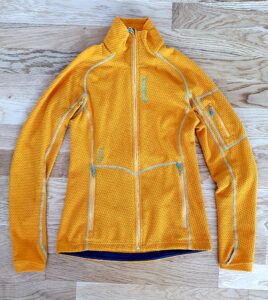


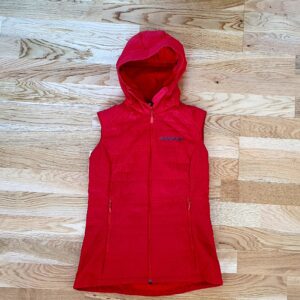
The outer layer should shield you from rain and wind
The outer layer (or shell layer) protects you from wind, rain, and snow. Shells range from pricey mountaineering jackets to simple wind-resistant jackets. Most allow at least some perspiration to escape; virtually all are treated with a durable water-repellent finish to make water beads up and roll off the fabric.
Your outer shell is an important piece in stormy weather because if wind and water are allowed to penetrate to inner layers, you can get really cold. Pit zips under the armpit are again important. The ideal would be lightweight, wind, and waterproof material but usually, if you want significant protection against the rain and wind then you might need to make a trade-off on weight.
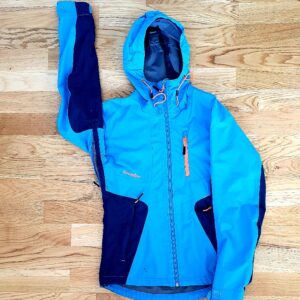
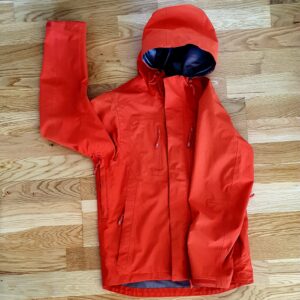
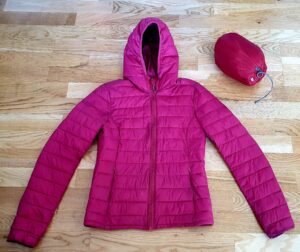
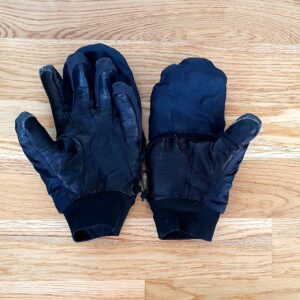
Hiking pants
I think I would love hiking pants that can be turned into shorts by unzipping the long pant legs. Unfortunately, I do not have them yet. But I have several breathable, windproof hiking pants with ventilation zippers and I love them. It is important for me that they also have pockets with zippers - the more the better. Otherwise, my keys, phone, and other things would disappear fast. The material of hiking pants is also crucial. Your pants should be lightweight, soft, stretchy, and windproof. I also have a pair for heavy rain. You mustn't have to take your boots off when you pull on your rain pants. That means a zipper on the side of the pants.
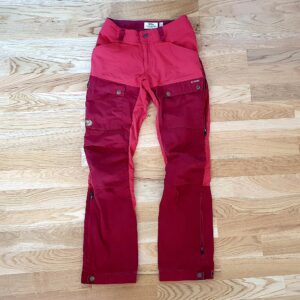
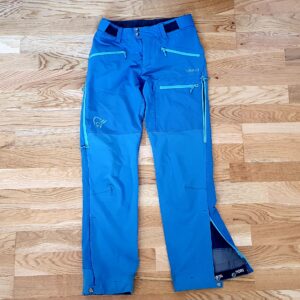

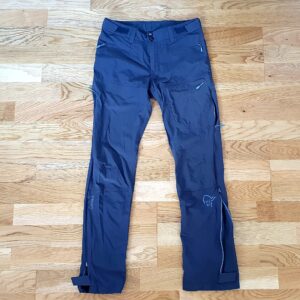
Hiking boots or shoes
One of the most important things you wear on the trail is shoes. Low-cut models with flexible midsoles are excellent for hiking on a warm summer day. I prefer lightweight, flexible, mid or high-cut hiking boots with a good grip. My boots are not 100% waterproof but they are water-resistant. Always wear your new shoes at home or on short hikes before going out on longer hikes. After hiking remove the insoles of the shoes and clean them properly. Remember to also reapply for a DWR treatment every once in a while.
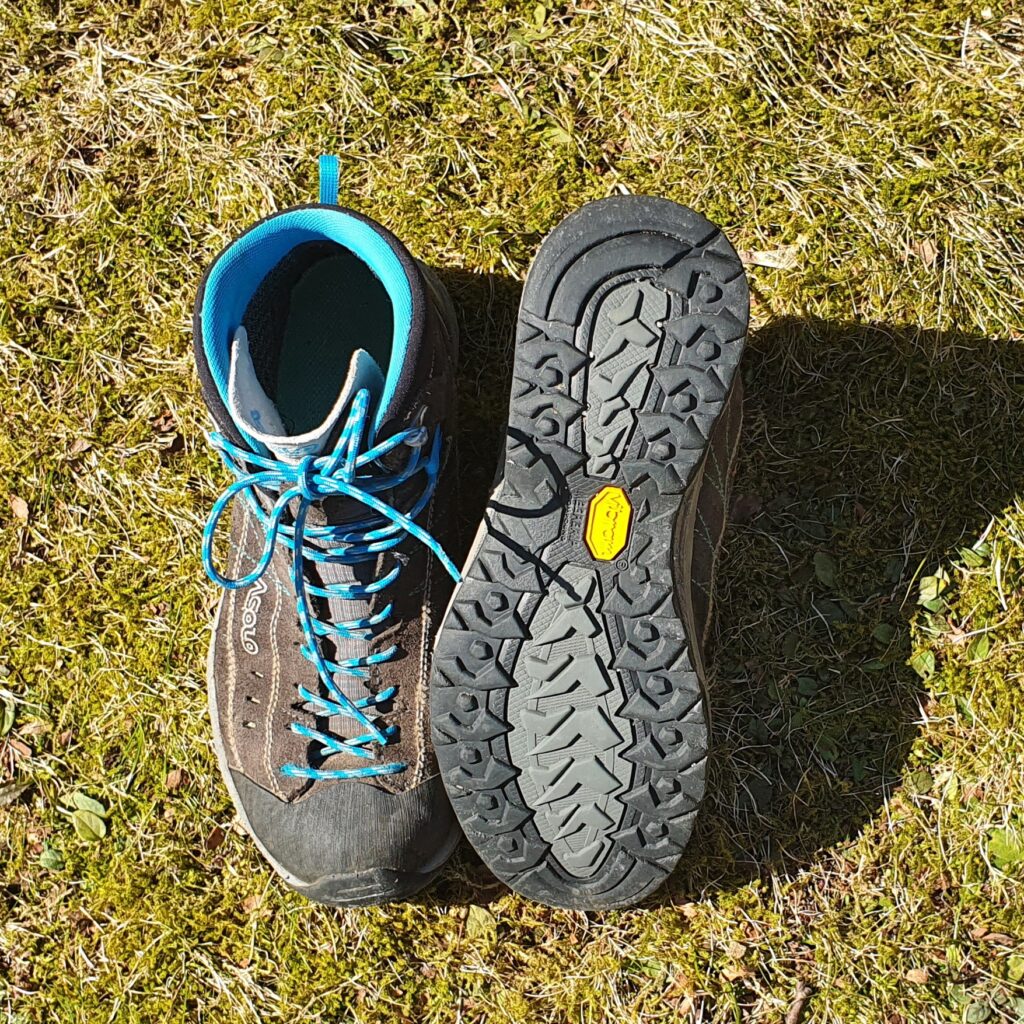
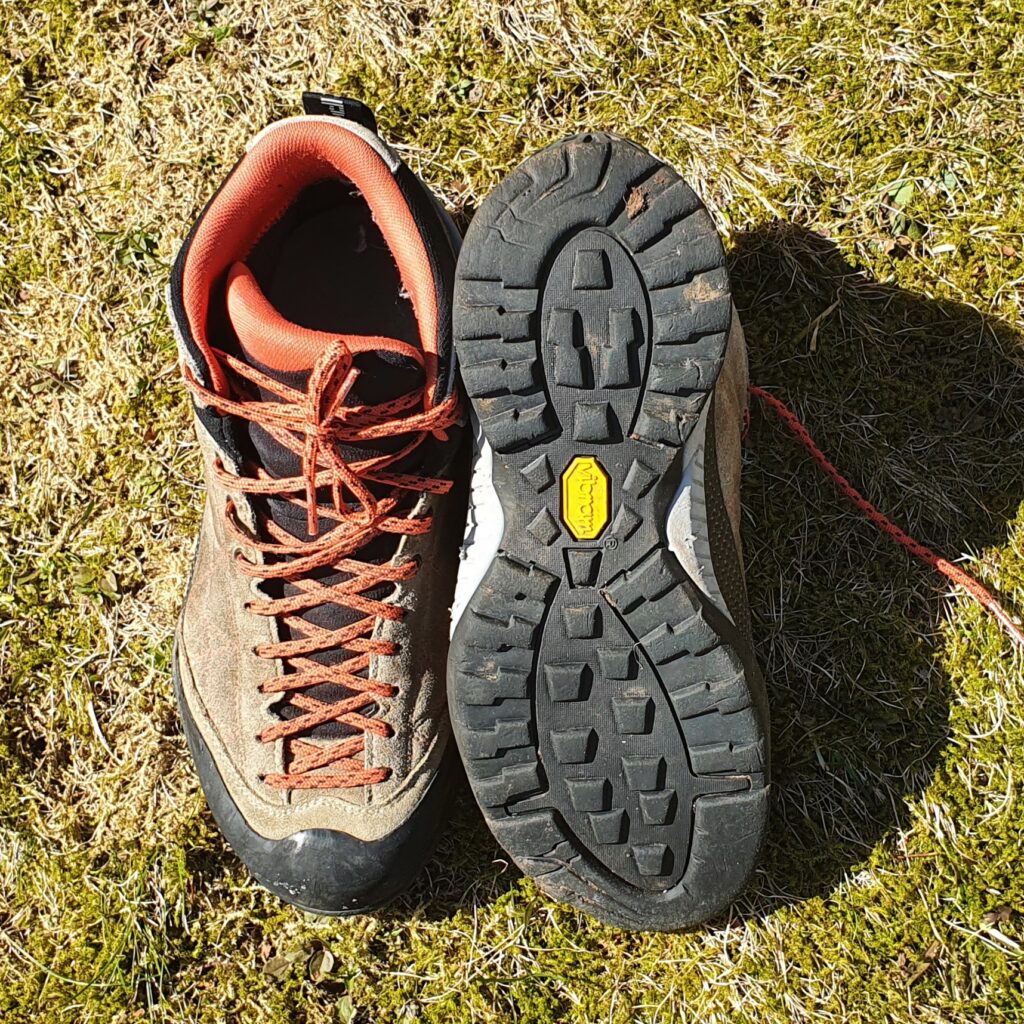
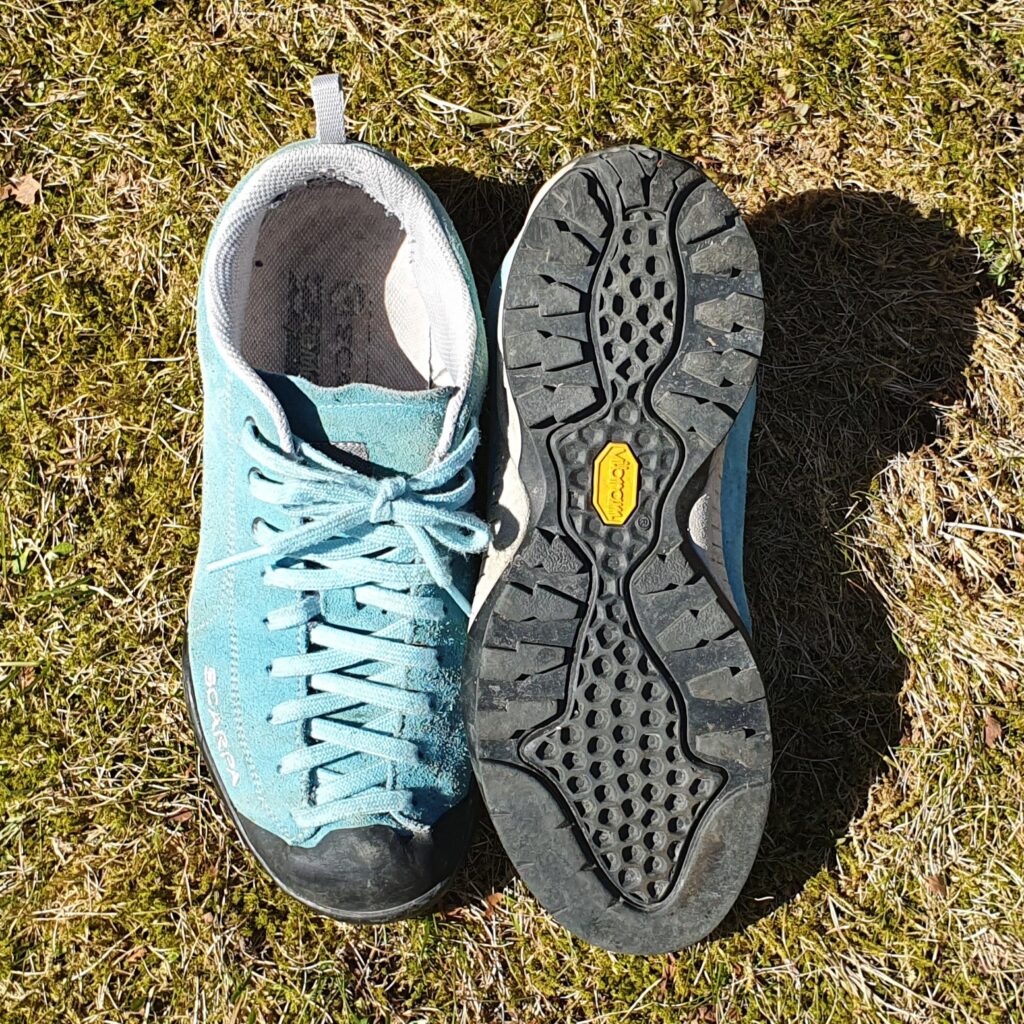
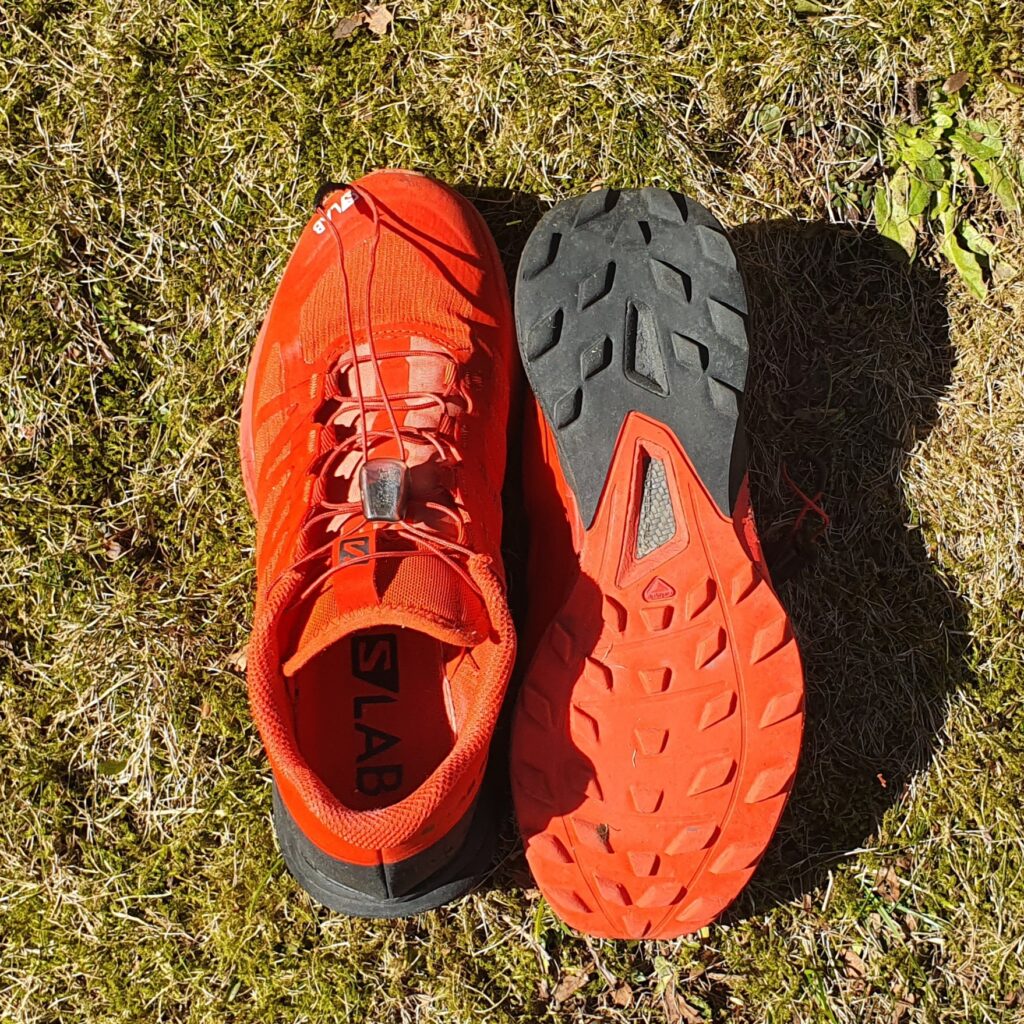
Hiking hats
When you go hiking in the Norwegian mountains, you often need woolen clothes and hats – let’s face it; being situated in the Arctic Circle does have its natural effect on the temperature.
The Norwegian Trekking Association (DNT) came up with a clever way of making layers and dressing up for the cold, a lot more fun. In 2014 they launched the Norwegian Mountain Pick Up Code, which might cause your hat to give you more than warm ears – depending on which color you choose to wear.
The main rules are rather simple:
If you are single, you wear a green hat. If you are in a relationship, you wear a red hat. And if you see someone wearing a yellow hat, they might be open to a flirt.
DNT launched the Pick Up Code initially as a prank for April Fools’ Day. However, adventurous Norwegians embraced the game, and now you can use the Norwegian mountains as your very own real-life Tinder. Just make sure to not stand by a cliff when swiping someone to the right! Read more about how to behave when flirting in the mountains in Norway here.
I prefer a cup and a jacket with a jacket with a hood for hiking in the summer which protects the head from the wind and sun. However, in cooler weather, I always have a warmer hat in my bag.
"Hiking Retreats packing advice" YouTube video for Norway hiking and yoga retreat is here.
Will you be fully vaccinated soon? Or have you taken your COVID-19 vaccination and are looking to travel sometime in the near future?
As vaccines are being rolled out across the world, it brings the promise of a return to our pre-pandemic life, or, at the very least, something close to it.
That said, it’s important to keep in mind that while these shots do come with some protection against the virus, some regulations, such as lifting the mandated use of masks, may not be happening as soon as we’d hoped.
Should you choose to travel sometimes in the near future, it’s highly advisable to continue to take health & safety precautions, such as wearing a mask, washing your hands often, and maintaining the practice of physical distancing.
While it’s not mandatory, you should also consider getting tested 3 to 5 days after arrival and self-isolate for 7 days, even though you are fully vaccinated. We are still unsure as to how much protection the vaccines offer against the new variants of the virus (and the strains continue to emerge), so, it’s always better to be safe.
In short, being fully vaccinated does give you more ‘freedom’ and peace of mind when it comes to travel but it’s in you & your fellow travelers’ best interest to maintain precautions when traveling.
Not only is it crucial for us to ‘adhere’ to local rules but also to keep personal consideration and precaution for the sake of your and others’ health and safety.
Even if you are fully vaccinated, these days, the type of travel you choose to take matters more than ever.
Domestic travel has been returning slowly but steadily starting last summer. With the rollout of vaccines, countries that are likely to reach herd immunity faster, maybe a ‘safer’ choice for locals and non-locals alike.
Many travelers are now choosing destinations that are off-the-beaten paths, those that are away from condensed cities, and often, these places are immersed in nature.
A yoga retreat in nature is a great choice for any traveler. Some retreats are easy-going while others go above and beyond to offer a wealth of activities. But no matter where you choose to go, it is easy to combine other outdoor activities such as hiking, walking, cycling, or running with your yoga sessions.
To get to your travel destination, road trips are recommended as non-public transportation is safer than using public transportation. In fact, according to the CDC, fully vaccinated travelers who go on a road trip and are moderately careful at the destination, would have a relatively ‘safe trip’.
Another way to lower risk is to choose to visit a country that is waiving restrictions for fully vaccinated travelers. At the time this article was written, only a handful of countries have gone this route, but, as summer approaches and the vaccine passports are likely to become a reality, more and more countries would consider this option to open for travel.
Lastly, should you choose to travel internationally, it’s better to focus on visiting one country, rather than opting for a multi-country itinerary. Now is the perfect time to focus on slowing down, taking longer to explore a country, immerse in its culture and traditions, and discover local gems.
It’s also important to keep in mind that while the entry requirements into a certain country might not include showing a negative test, the airline might require one to board the plane. Do your due diligence and check the requirements ahead of time so that you can plan accordingly.
Nothing supports our mind and soul to open up like a natural setting. The usual distractions are far away, and your attention and focus are directed towards what’s in front of you, quieting the mind and simplifying your thoughts.
Being in nature awakens your senses – touch, scent, sight – and you cannot help but become more aware of what’s around you and start to appreciate the little things you might usually take for granted.
The smell of morning dew and flowers, a simple bird song, a gentle breeze in your hair, touching the grass or sand, provide stimulation and make you more present. You become more in tune with yourself and the world around you.
On most retreats held in nature, you’ll have the opportunity to do some forest bathing. Also known as Shinrin-yoku, this is the practice of making contact with and taking in the forest atmosphere to receive mental and physical healing.
Read more about our yoga and hiking retreats in Norway, Alaska, and Estonia.
As the end of the year 2021 is approaching let's be grateful for all the good that happened and celebrate our victories!
The end of the year is always a good time to look back and reflect. 2021 has been a difficult year for many, but there is always something good to be thankful for. In order to set new goals, we must first identify where we are now and how we got there. Is your life in balance? What needs more attention? What can you give up?
The best way to reap the benefits of gratitude is to notice the new things you're grateful for every day. Gratitude journaling works because it slowly changes the way we perceive situations by adjusting what we focus on. While you might always be thankful for your great family, just writing “I’m grateful for my family” week after week doesn't keep your brain on alert for fresh grateful moments. Get specific by writing “Today my husband gave me a shoulder rub when he knew I was really stressed” or "My sister invited me over for dinner so I didn't have to cook after a long day." And be sure to stretch yourself beyond the great stuff right in front of you. Opening your eyes to more of the world around you can deeply enhance your gratitude practice. Make a game out of noticing new things each day.
A New Year's Resolution is a list of goals you'd like to accomplish in the upcoming year. This tradition is followed by millions of people every year, and it's a great way to start the year with a positive mind and clear goals!
New Year resolutions
Sometimes figuring out how and what to write on your list can be overwhelming and confusing. But as long as you keep these five tips in mind, you'll have the perfect New Year's Resolution.
- Focus on self-improvement
- Be specific
- Set a timeframe
- Keep it short and realistic
- Get out of your comfort zone and have fun
It is important to have goals that will help you become a better person. Doing more sports, eating healthier, donating to charity, and learning a new language or instrument are the kind of things that people tend to write in their New Year's Resolution. Also, focus on yourself and not the people around you.
Remember to write down specific goals, such as “eating one piece of fruit every day” instead of “eating healthier,” so you can measure your success!
It's better to have realistic goals that you know you can accomplish than to have goals you might never reach. Stay focused on a few realistic goals instead of having a long list of impossibilities.
Don't forget what New Year's Resolutions are all about: trying new things you haven't done before and having fun while doing so! Don't feel disappointed or pressured if you don't accomplish your goals by the end of the year. Remember to just have a great time and learn from every experience!
New Year's resolutions are meaningless without the habits to help you stick to them. Don't rely on willpower when it comes to your New Year's resolutions. All you need is to create small, new habits. When the change is small, it is easier to implement and be sustainable.
Do your New Year's resolutions include a healthier lifestyle? More exercise, yoga, meditation, healthy food, growth, and development?
I think it is important to start each day with the right foot, even if it means needing to push past any feelings of grogginess or tiredness to do so. New Year's promises are easily forgotten. Therefore, you should update and renew your goal every morning. Create your morning ritual. Find a substitute for the habits you want to change. This makes the transition easier.
Set an intention for every day. It can be done on your yoga mat, in the bathroom, or while drinking your morning coffee. Be aware of your choices and mindful of your actions. Our intentions create our reality.
There are certain steps you can take each morning that could help improve your physical mobility, mental clarity, and focus while eliminating any stiffness, grogginess, or tiredness that often accompanies mornings. In the mornings our bodies are stiff and sore and the older we get the worse.
A short yoga-meditation routine every morning helps you to:
- set an intention for every single day, week, and month
- remember your New Year's resolution and move in the right direction
- loose up your muscles, removing stiffness
- increase energy in the body
- decrease stress and anxiety
- stay calm and focused during the whole day
- be present and balanced
- improve mental clarity
- be the best version of yourself
You will find my 10 min Grounding Yoga youtube video by clicking here.
Becoming grounded - is one of the most desired results of practicing yoga. Grounding connects us to the present moment. It pulls us into our physical experience of right now, and in the process, creates a sense of ease in the mind and stability in the body. Grounding creates calm, destroys stress, and reminds us of who we are by diverting our attention from thinking and making us feel at home in our own bodies. The process of grounding is an invitation to trust that we are and will be supported. It's a reminder of our deep connection to the earth beneath us, and the power it has to affect the way we think, feel, and express ourselves.
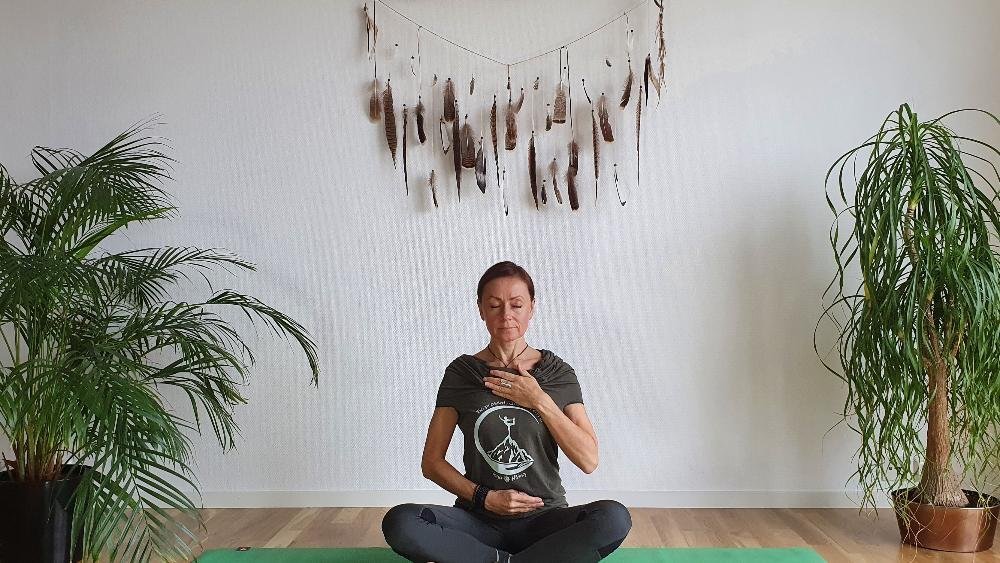
Randonee skiing, also known as Alpine Touring, is a form of skiing in which people ascend the mountain under their power through the use of specialized bindings and skins. Skins are held onto the bottom of the skis with a sticky substance. They were originally made of animal skin, such as sealskin, but are now made with artificial materials that have fibers to hold the skis from sliding back down as the skier glides forward up the hill. Once the skier reaches the desired altitude, the skins are removed and the bare skis are used to descend.
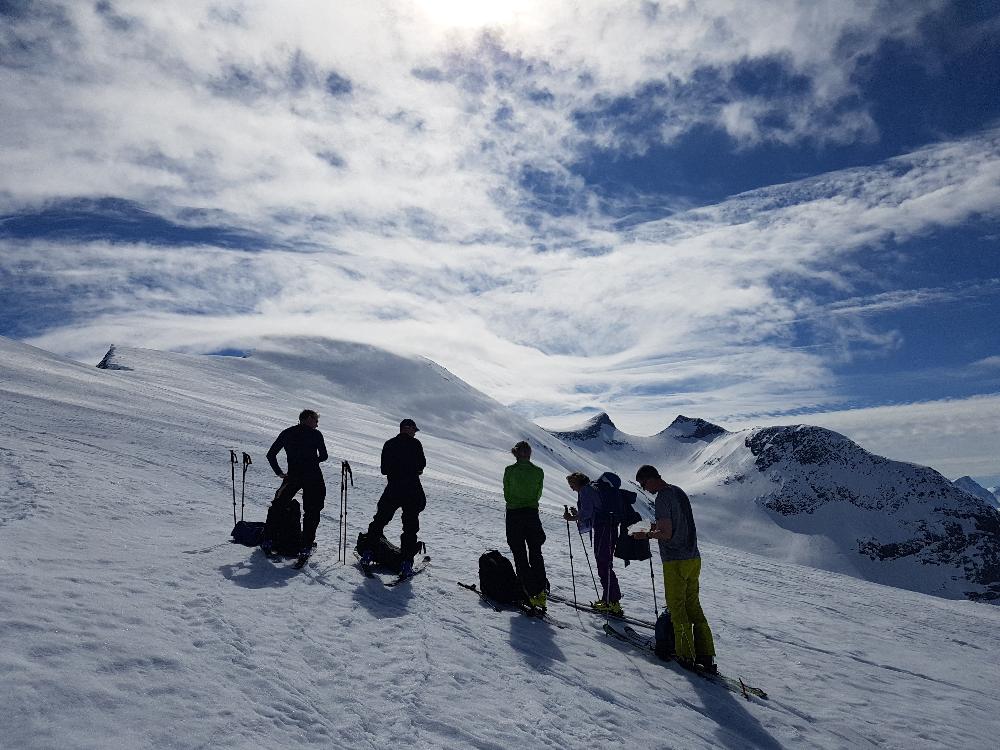
The boots have two settings: 'walking' and 'skiing'. The same choice applies to your bindings. When you're going downhill, the bindings are set to 'ski'. And when going uphill, they're set to 'walk'.
When you reach the top and remove the skins, it's a good idea to set the back bindings to 'ski' so the stoppers are on. That way you'll be able to keep up on the way down. Obvious perhaps, but when you're worn out and it's your first time, anything can happen.
The heel lift function means you lose a little grip when doing slalom (turning in a zigzag pattern). It seems that if you use the highest heel lift you'll go too fast. The mountain slopes generally start at around 25 degrees. If you go straight up an incline, you'll see the gradient signposted. If it's your first time, it may be worth testing out a gentler slope, to begin with.
Compared to cross-country skis, touring skis are sturdier and easier to maneuver in steep terrain. They are comfortable and the ski skins provide a good grip for the climb. On the way down, it's very similar to skiing in regular downhill equipment, i.e. in skis and boots.
The contrasts between the fjords and mountains are breathtaking.
Randonee skiing in Norway, Trolltind 1347 masl, Rysdalsnebba 1618 masl, Åbittind 1396 masl
From Molde, where we live, it takes about 1,5-2 hrs to drive to Jordalsgrenda. We started at 08.30 on Sunday morning, and it was worth it! The weather was dry and chilly but the clear sky was promising. We saw the sunrise over the mountains on our way up. In November, there is not much snow in the mountains yet, but it was enough to enjoy the day on skis. We were walking up to Åbittind for approximately 2-2,5 hrs, eating our sandwich on a "best view restaurant" and skiing down in a powder 20-30minutes.
We spent a beautiful day outdoors; I am so grateful to my partner, to nature, and my own body for being able to afford such luxury.
Today we were on the way to Blånebba, 1322 m.a.s.l.
It rained a lot in the morning but at 8 am the rain had stopped and we desided to go hiking. Unfortunatelly we didn't reach the top of the mountain because the days are very short now and it's getting dark by 4 pm already. But it was a beautiful day in the fresh air, approximately 10 km walking up and down and another amazing view to admire.
Takk for turen, Lisa!
Estonia should be your next yoga retreat destination. Here's why
Estonia is a hidden gem packed with opportunities to try something new and have experiences you would not have in most other countries.
Estonia has a long history of different settlers from Vikings to the medieval merchants of German, Swedish, Danish and Russian descent. Today’s Estonia is an exciting mix of old and new. The capital Tallinn is the best preserved medieval city in Northern Europe and its Old Town is listed as a UNESCO cultural heritage sight. At the same time, it is a bubbling and innovative city filled with trendy cafes, restaurants, and shops. Driving out of the city for only an hour and you will find yourself in wild nature.
If you want to combine a relaxing yoga holiday in nature but also experience some of the rich cultural life in a historical setting – Estonia is the perfect holiday destination for you. Estonia is a very compact country so you can cover a lot in just a week.
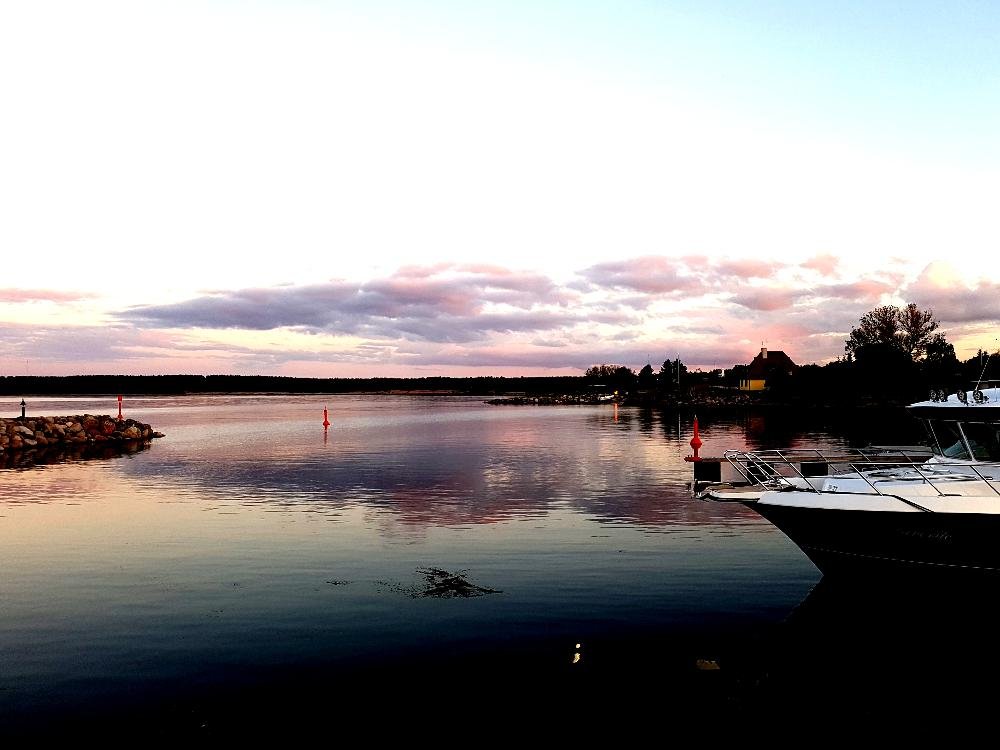
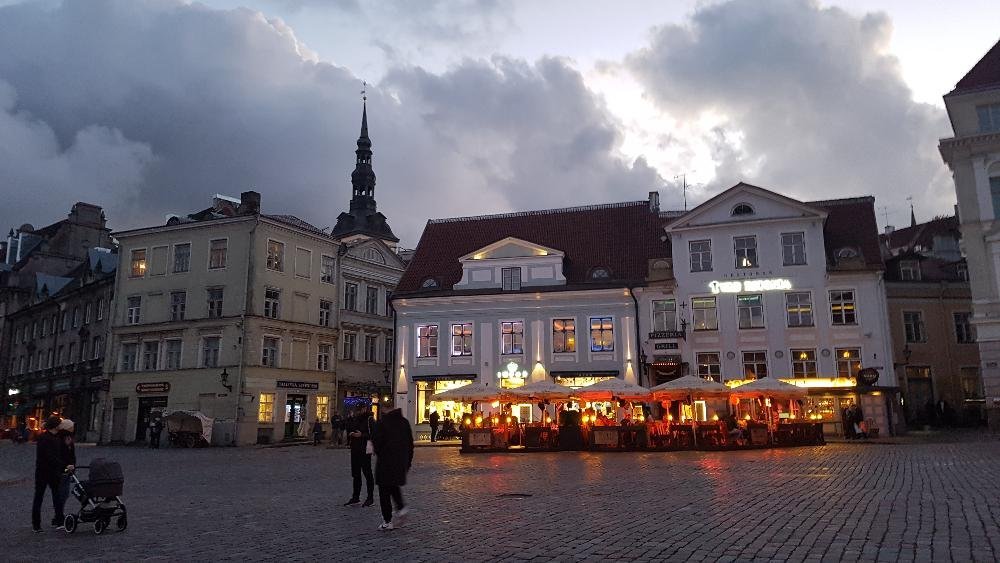
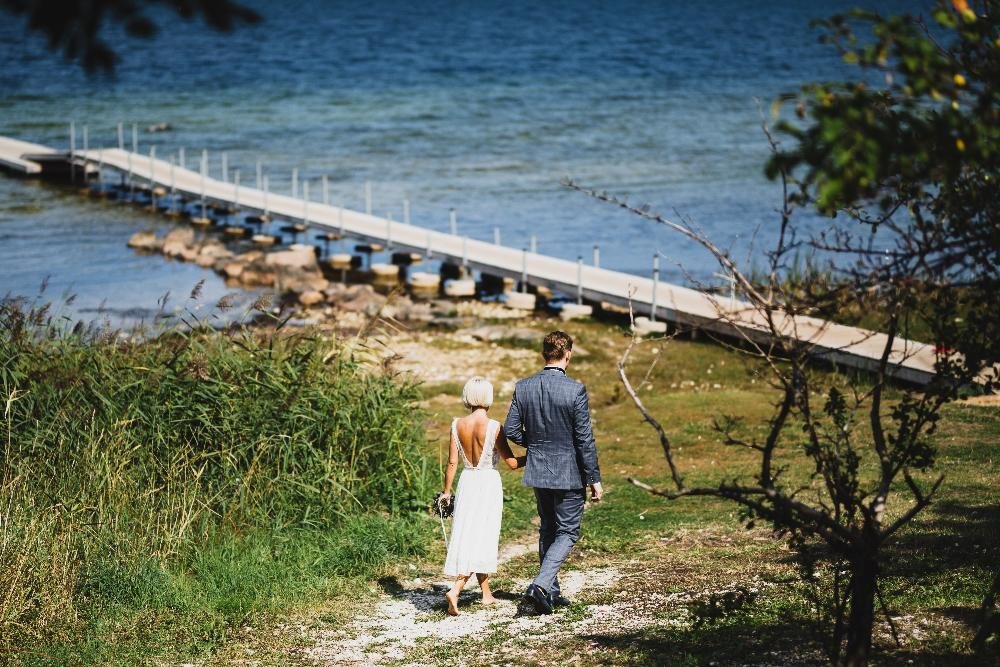
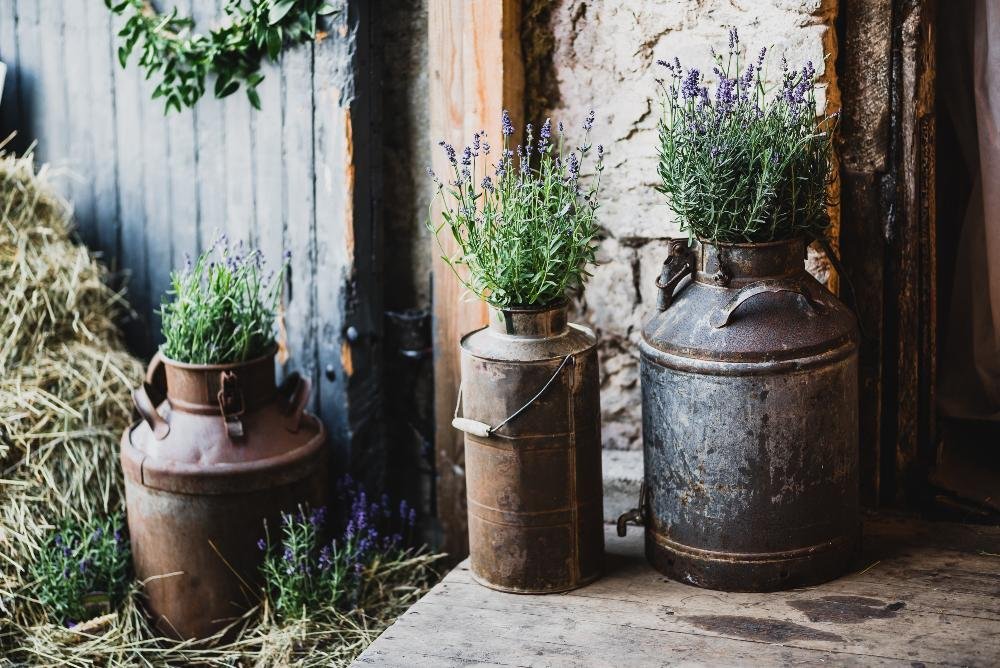
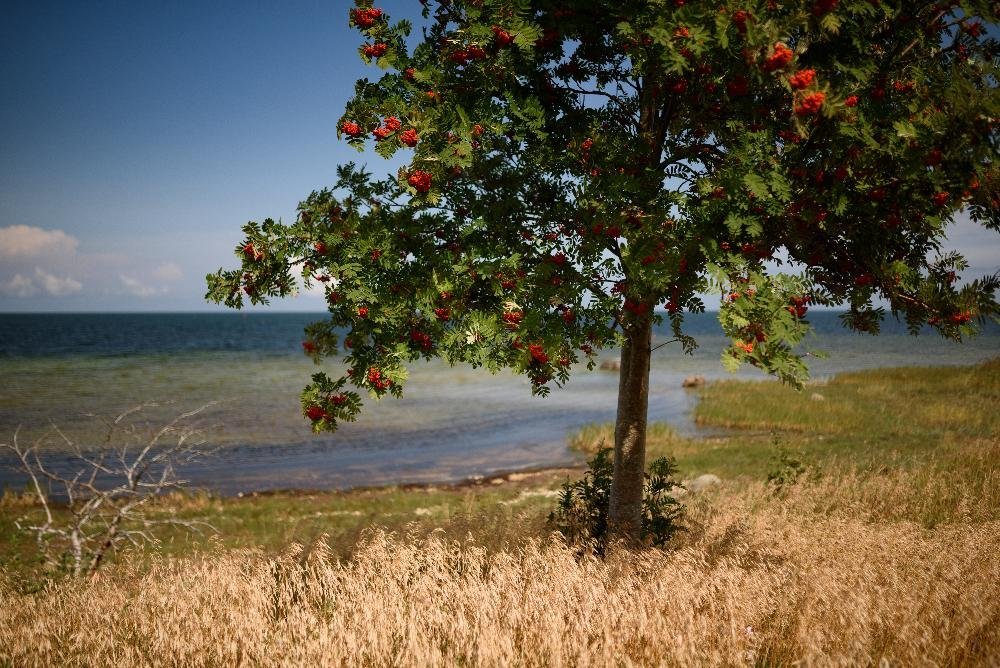
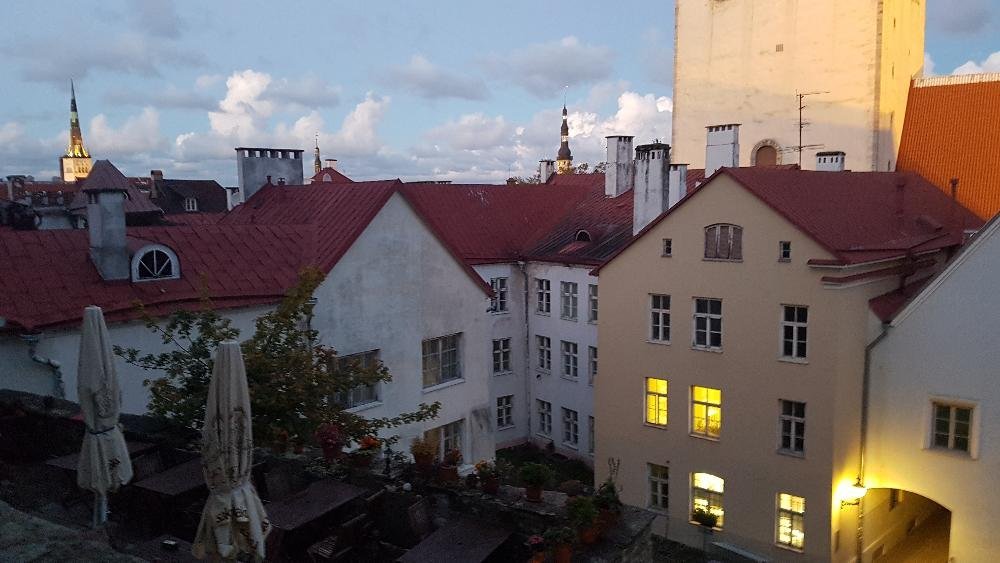
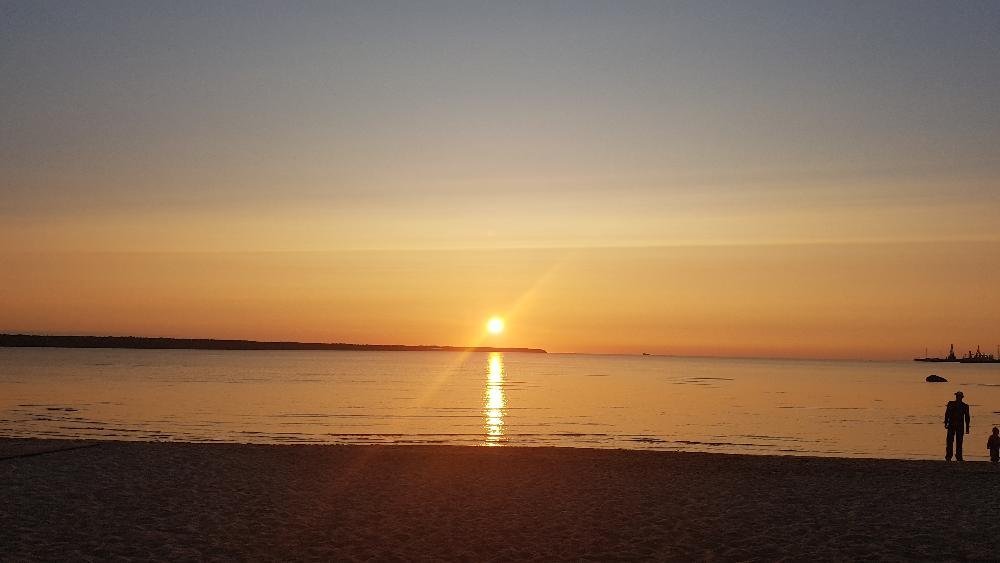
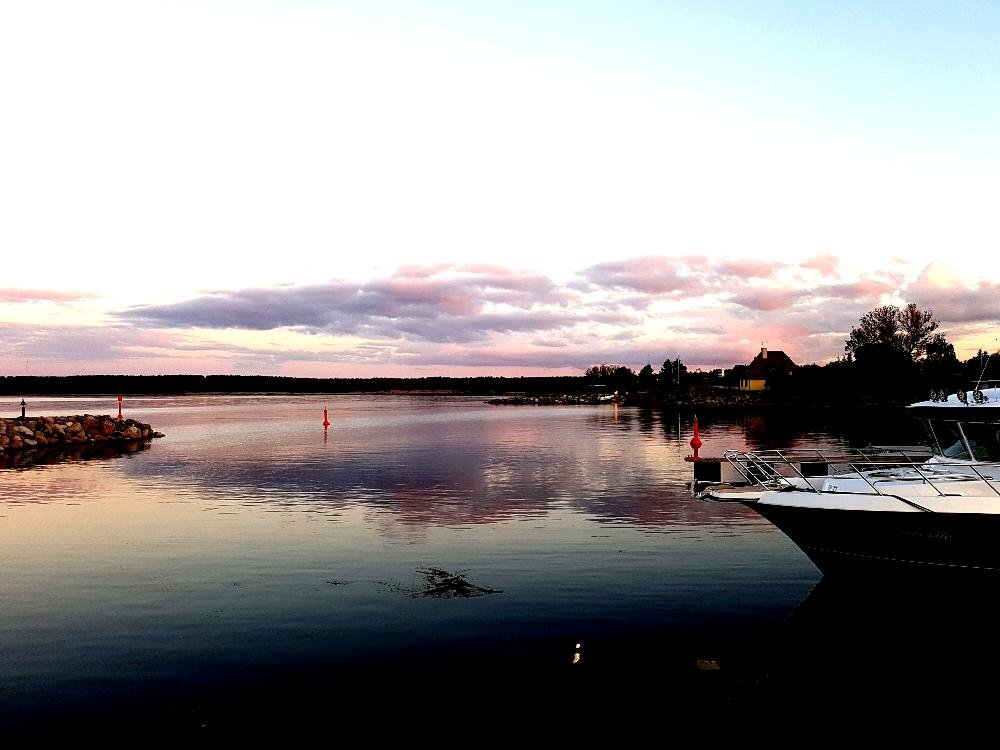
A Yoga Retreat in Estonia will offer you:
- A relaxing week staying in a spa in a small seaside village near the capital Tallinn. It is a perfect location for a getaway to recharge your batteries, enjoy massages, saunas or other wellness and beauty treatments, sunbathe and swim in the sandy beaches.
- A chance to discover the spectacular nature of Estonia. The country is famous for its untouched wild nature and especially its beautiful bogs. You can have a once in a lifetime experience by visiting a bog on sunrise – the unique landscape with sun rays slowly emerging through the morning mist is something that you will never forget. At the end of the trail you can enjoy the view from a watchtower or take a refreshing dip in the lake.
- An acquaintance with the culture and history of Tallinn. The retreat will take place near the capital Tallinn, so there will be several options to discover its rich cultural scene. Tallinn offers a versatile experience to anyone interested in architecture, history, design and handicrafts as well as to foodies who are looking for great culinary experiences.
- New friends among like-minded people (solo travelers are welcome!), time for yourself to relax and rewind, lots of yoga and physical activity outdoors, healthy and tasty food. What else could you want from a holiday?
You will be accompanied by a local guide Pille, who was born and raised in Estonia. She will guide you through the yoga lessons, take you to the local’s favorite places that you won’t find in a travel guide and help you with everything you might need for a comfortable stay.
Read more about our Estonian yoga retreat by clicking here.
Making lifestyle changes that last
Lifestyle changes are a process that take time and require support. Once you are ready to make a change, the difficult part is committing and fallowing through. So do your research and make a plan that will prepare you for success. Careful planning means setting small goals and taking things one step at a time.
Make a plan that will stick.
Your plan is a map that will guide you on this journey of change. You can even think of it as an adventure. When making your plan, be specific. Write everything down, and ask yourself if you are confident that these activities and goals are realistic for you. If not, start with smaller steps. Post your plan where you`ll most often see it as a reminder.
Start small.
After you`ve identified realistic short-term and long-term goals, break down your goals into small, manageable steps that are specifically defined and can be measured.
Change one behavior at a time.
Unhealthy behaviours devolop over the course of time, so replacing unhealthy behaviors with healty ones requires time. Many people run into problems when they try to change too much too fast. To improve your success, focus on one goal or change at the time. As new healthy behaviors become a habit, try to add another goal that works toward overall change you`re striving for.
Involve a buddy.
Whether it be a friend, co-worker or family member, someone else on your journey will keep you motivated and accountable. Talk about what are you doing. Consider joining a support group. Having someone with whom to share your struggles and successes makes the work easier and the mission less intimidating.
Ask for support.
Accepting help from those who care about you and will listen strengthens your resilience and commitment. Asking a help doesn`t mean a lifetime of therapy; even just a few sessions can help you examine and set attainable goals or address the emotional issues that may be getting in your way.
Making a changes that you want takes time and commitment, but you can do it. Just remember that no one is perfect. You will have occasional lapses. Be kind to yourself. Minor missteps on the road to your goals are normal and okay. Resolve to recover and get back on track.
Hiking in Norway is tricky in October. It rains most of the time and there is a strong vind at the top of the mountains. The higher you climb, the worse. However, the Norwegians will not give up and a small hike would be undertaken whenever possible. So do I. Yesterday was nice weather and we decided to spend the day in nature being physically active. The total length of the trip was 13-14 km, vertical gain 1050 m. We was hiking up and down 6 hrs, making only 3 small stops on the way to eat. The wind was so strong that we thought several times that we would turn around and go back. But we did not. The view from the top was uplifting but could not be enjoyed for long because of the heavy wind. Again, there is one mountain peak on my list where I definitely want to return back with warm weather.


